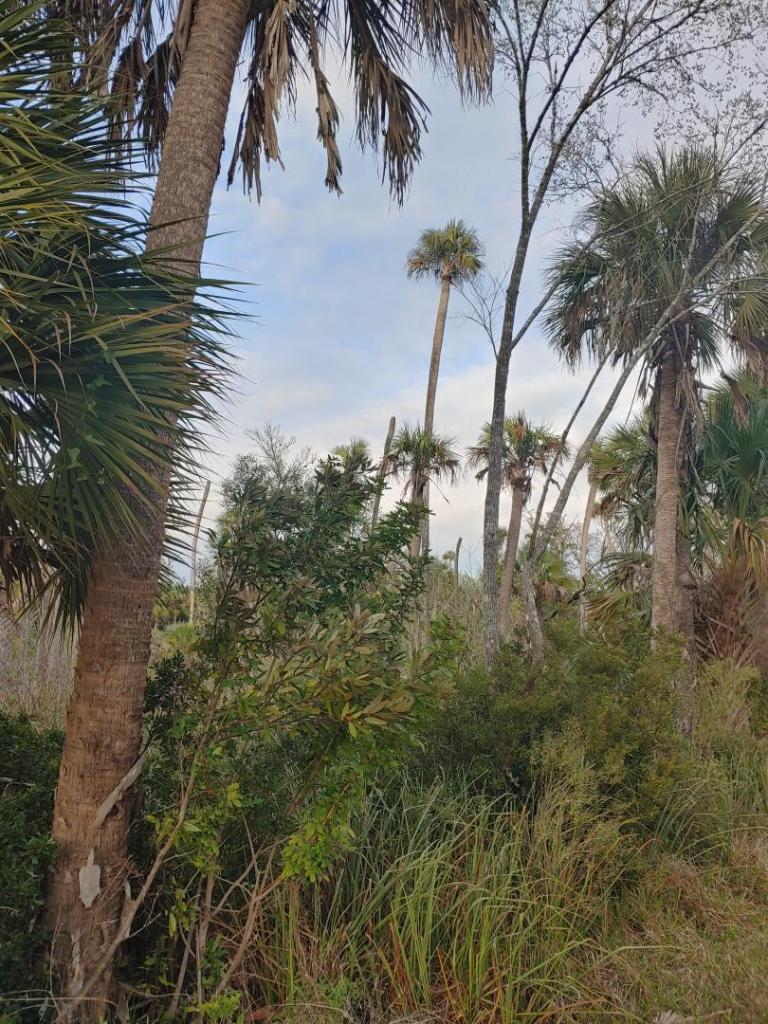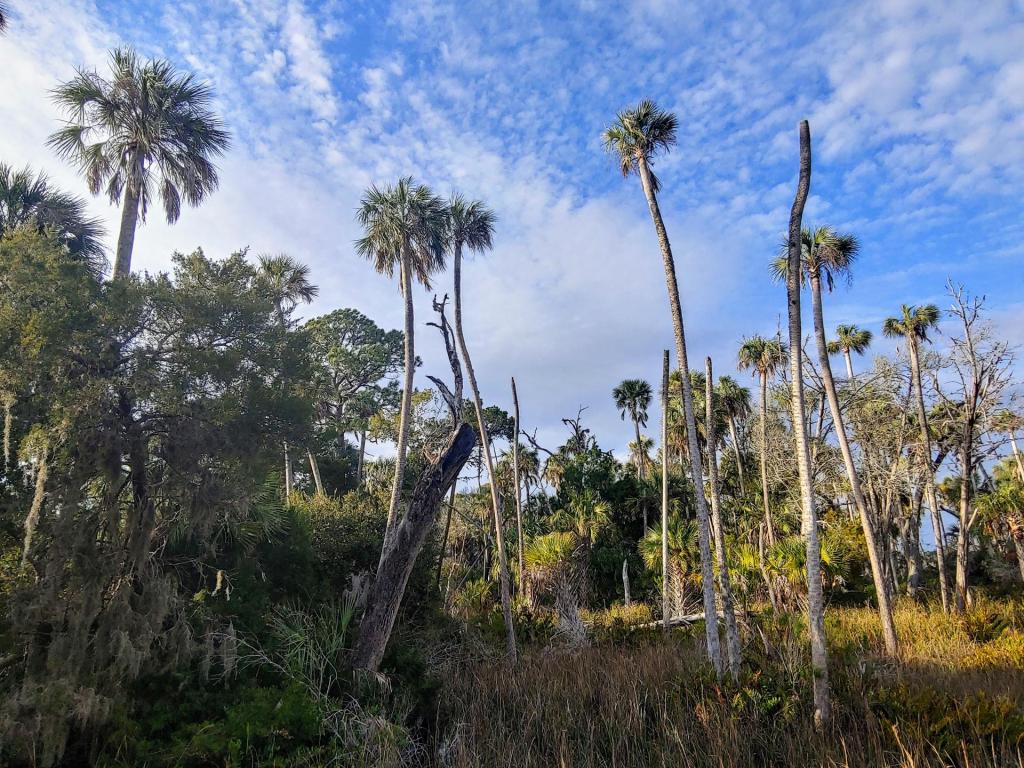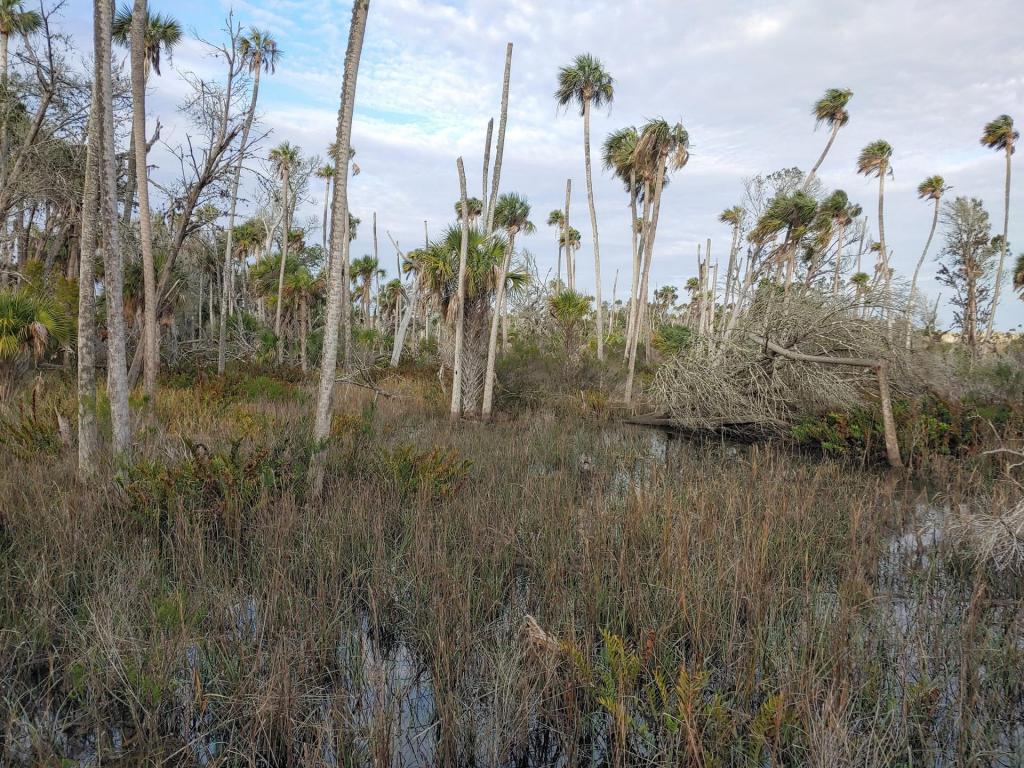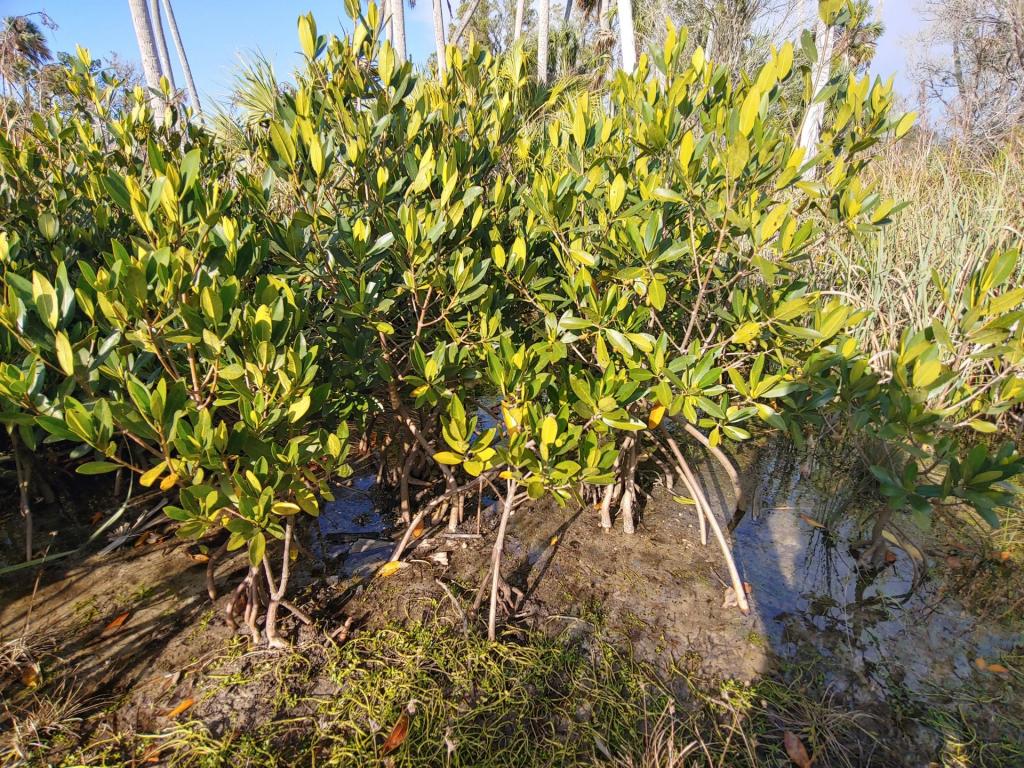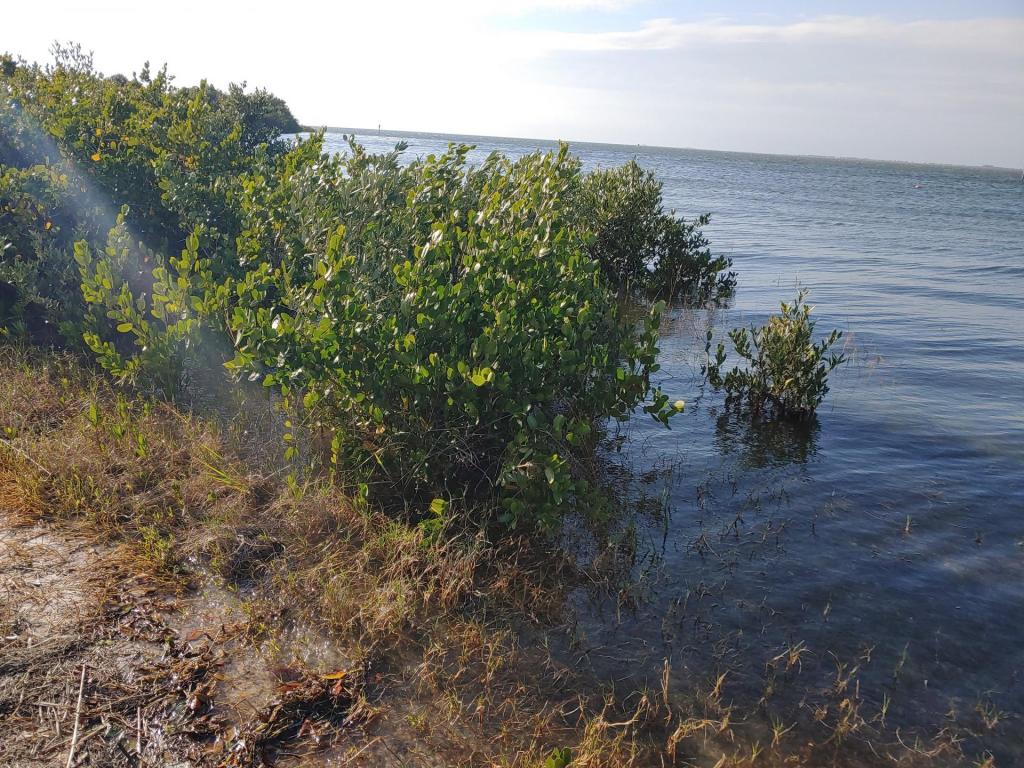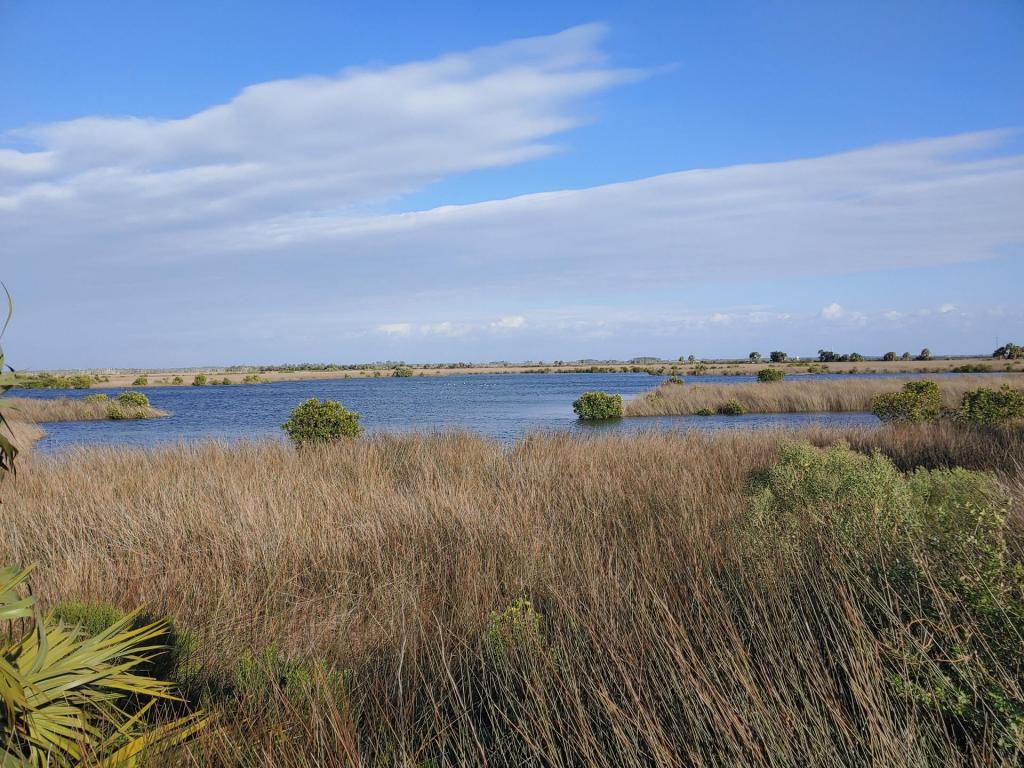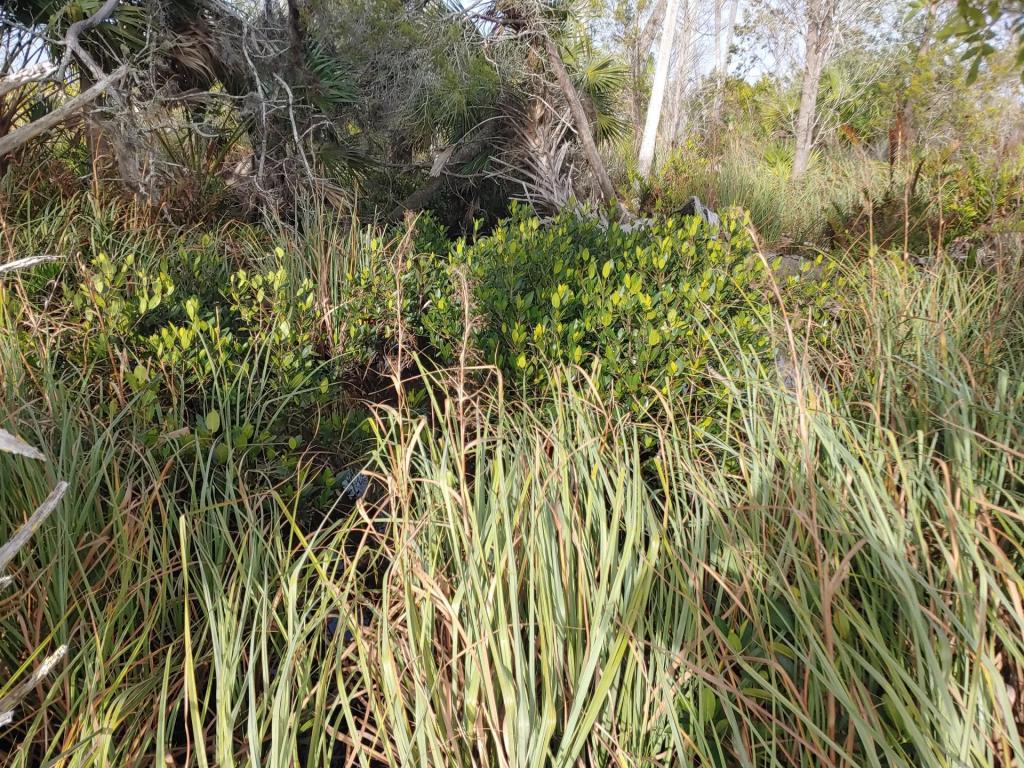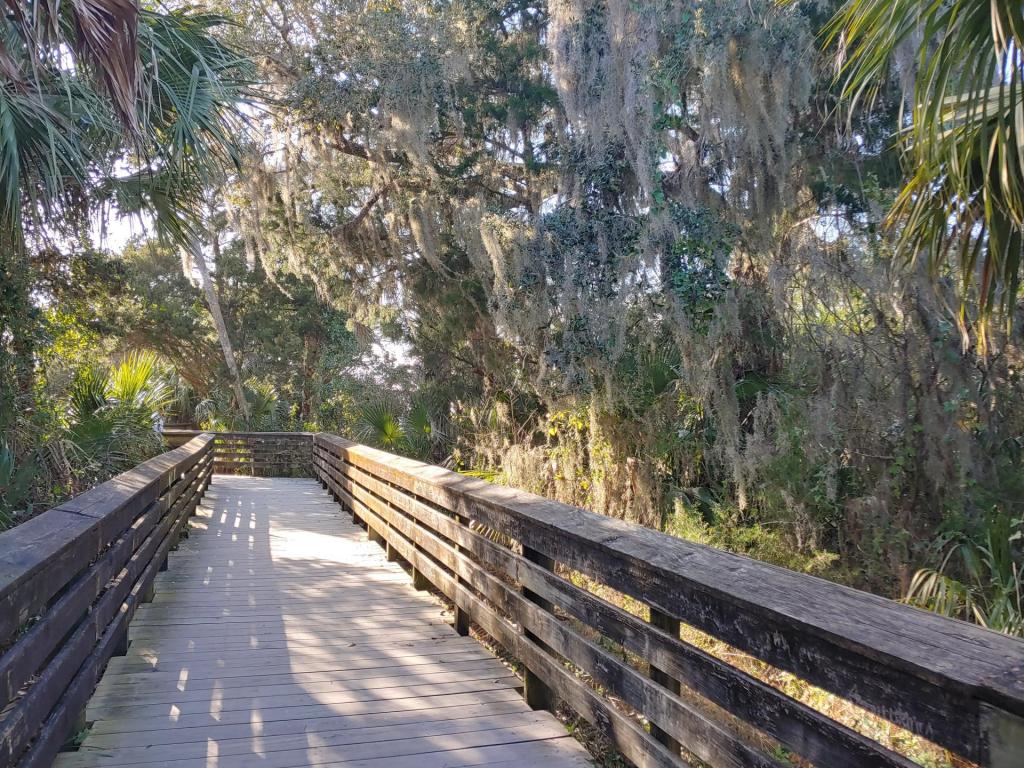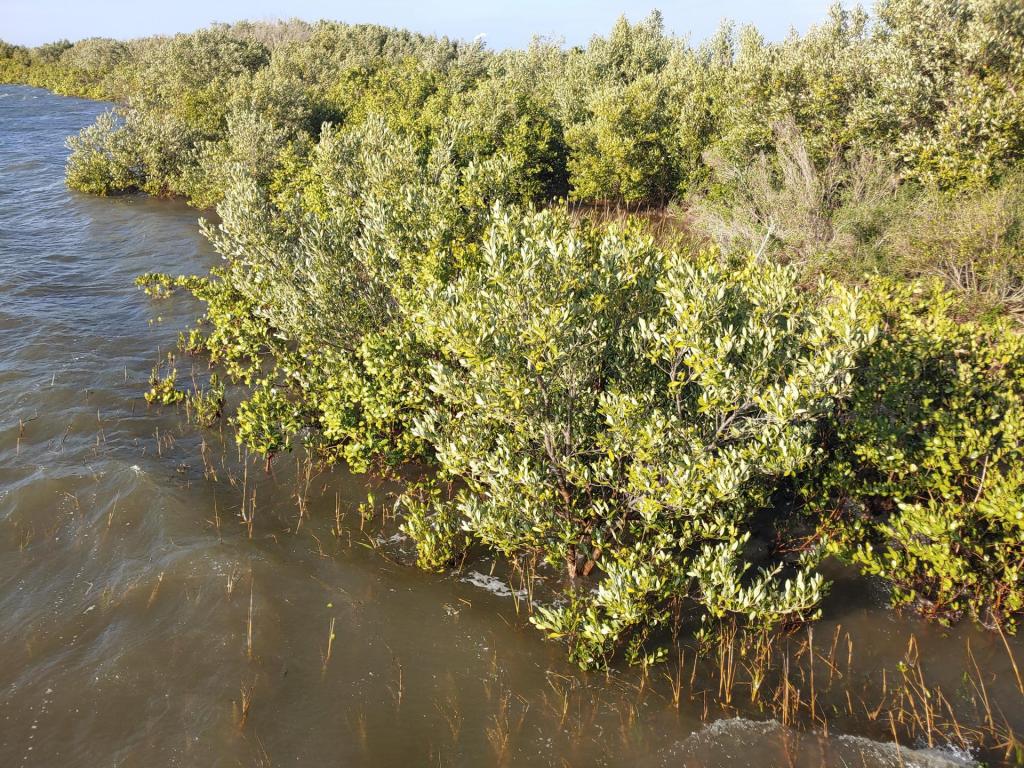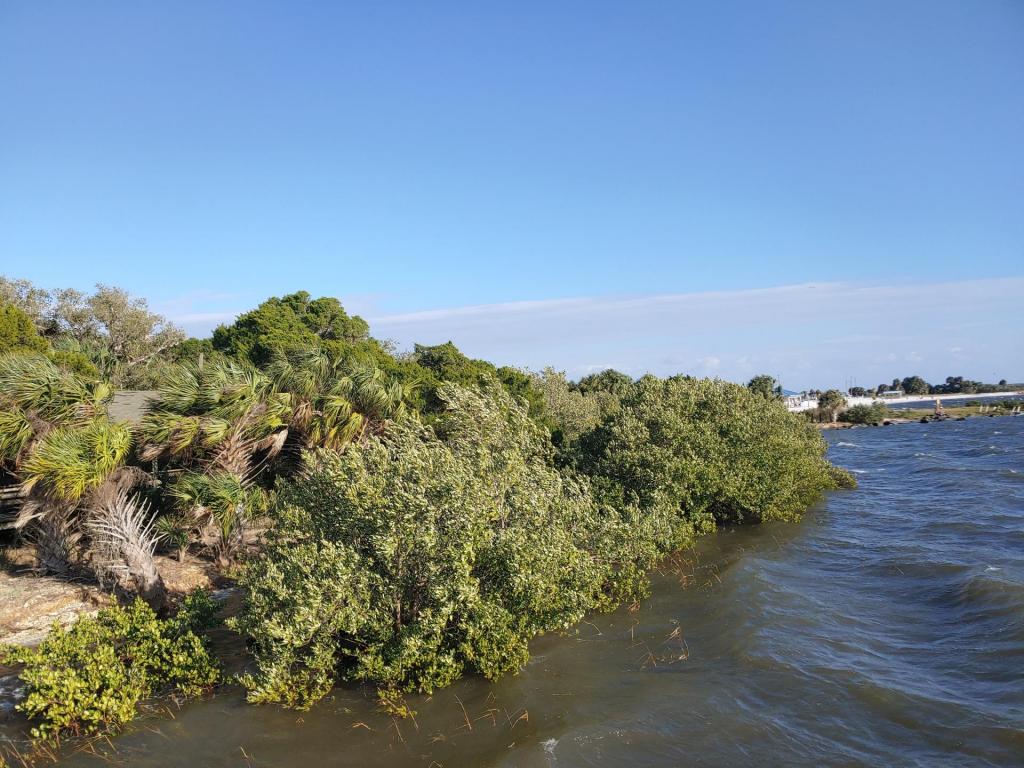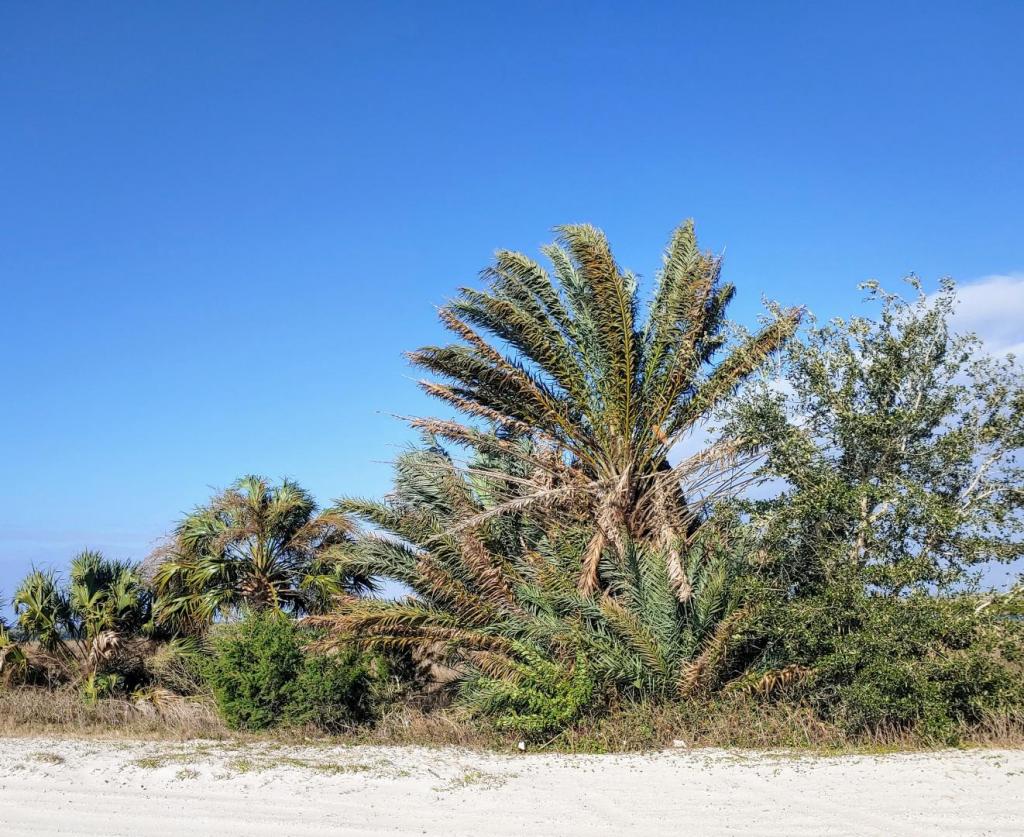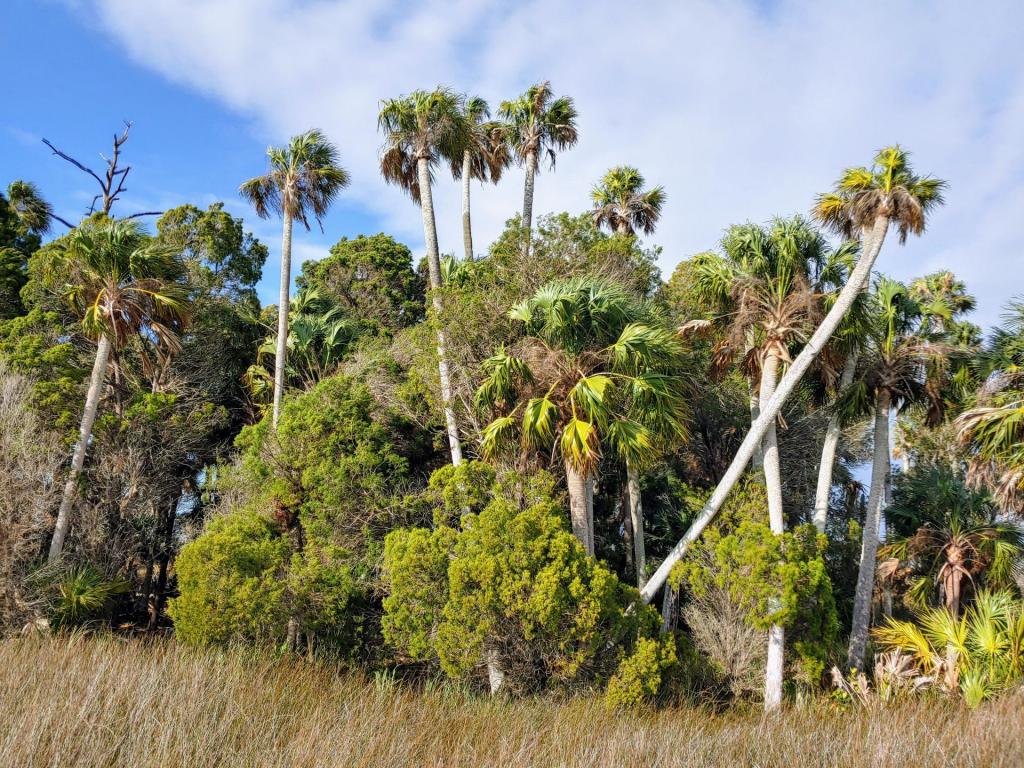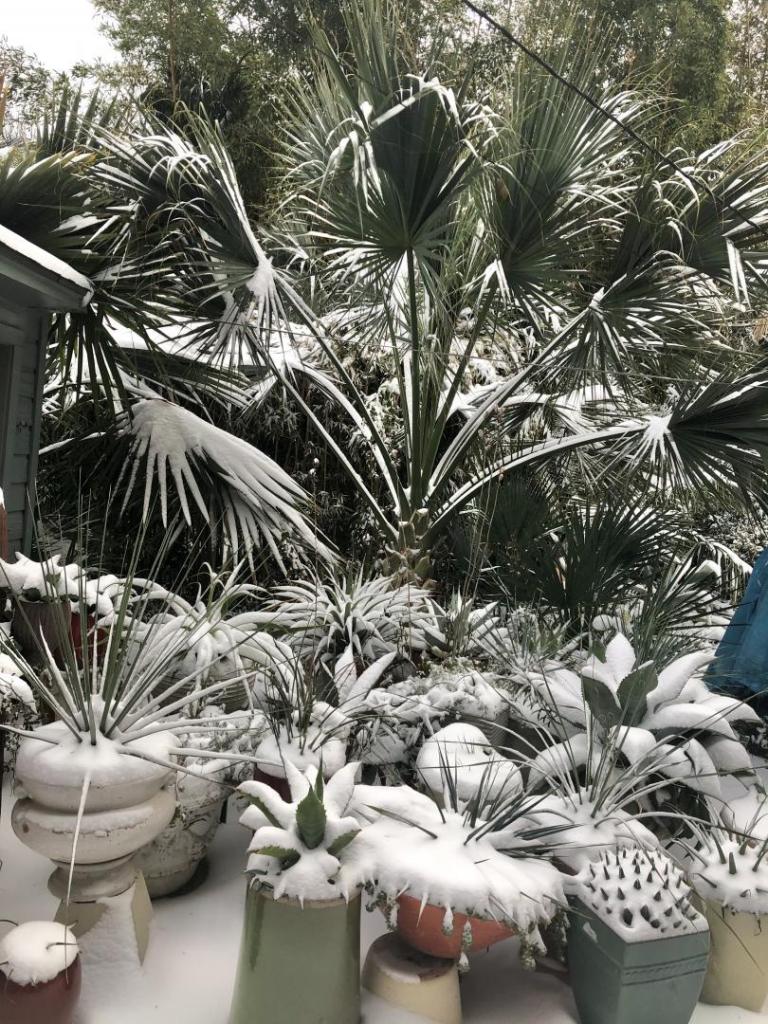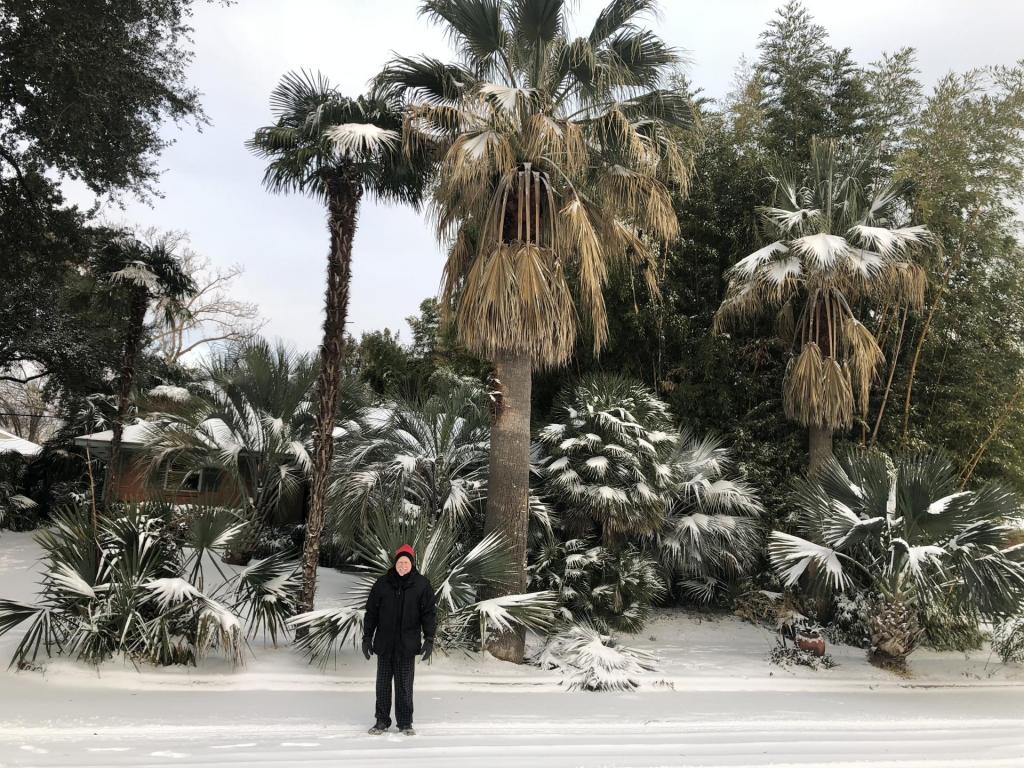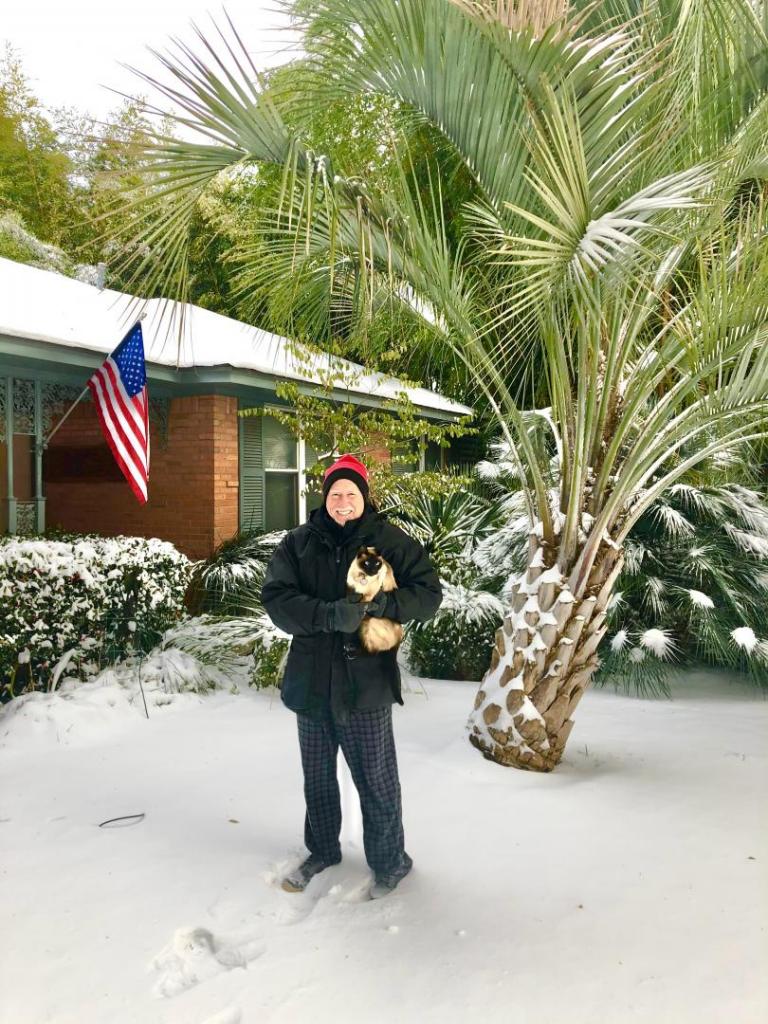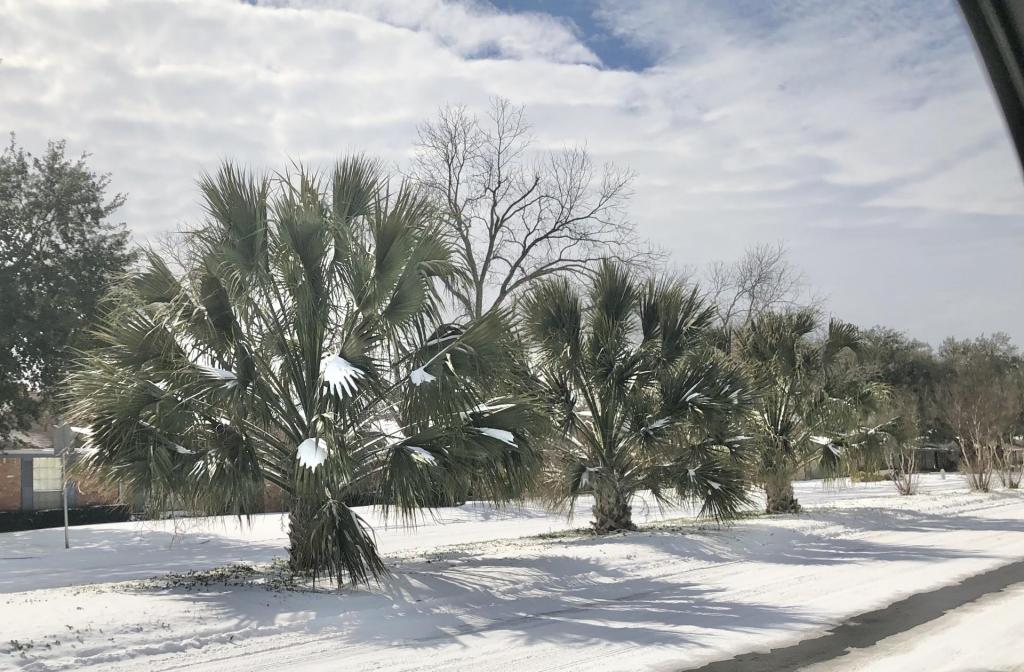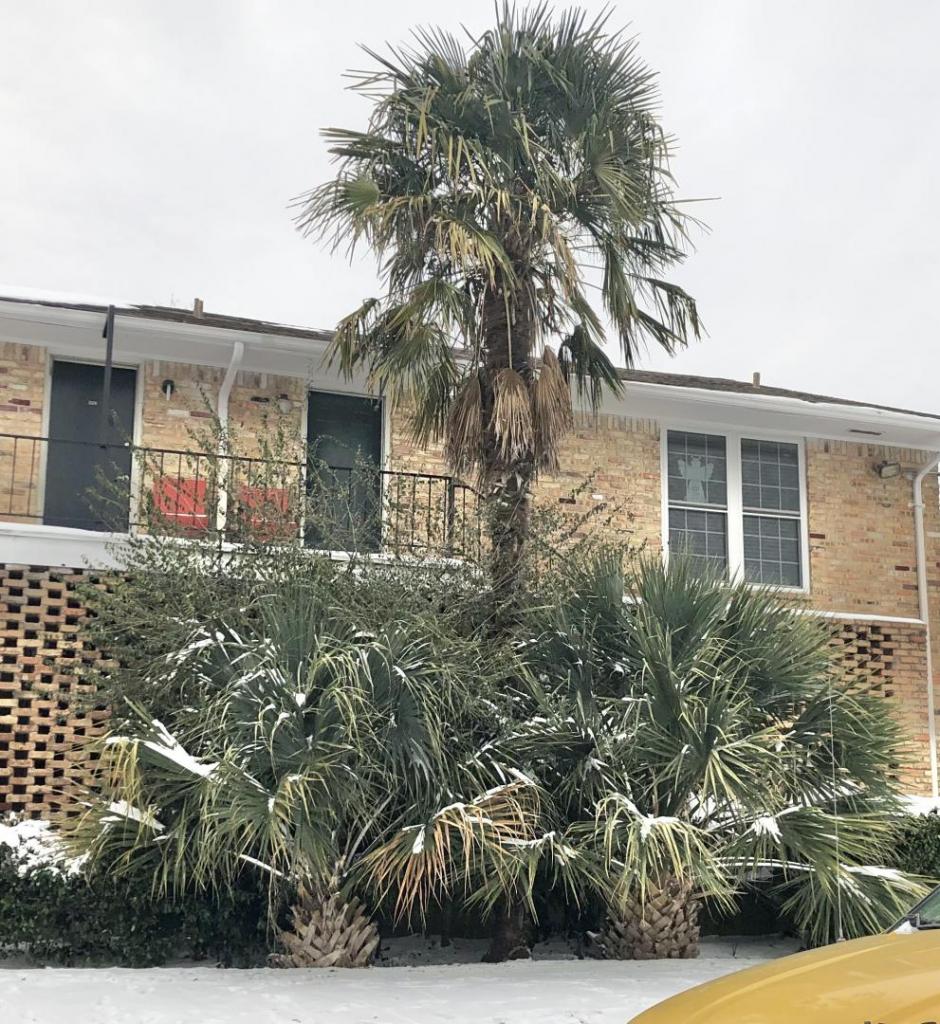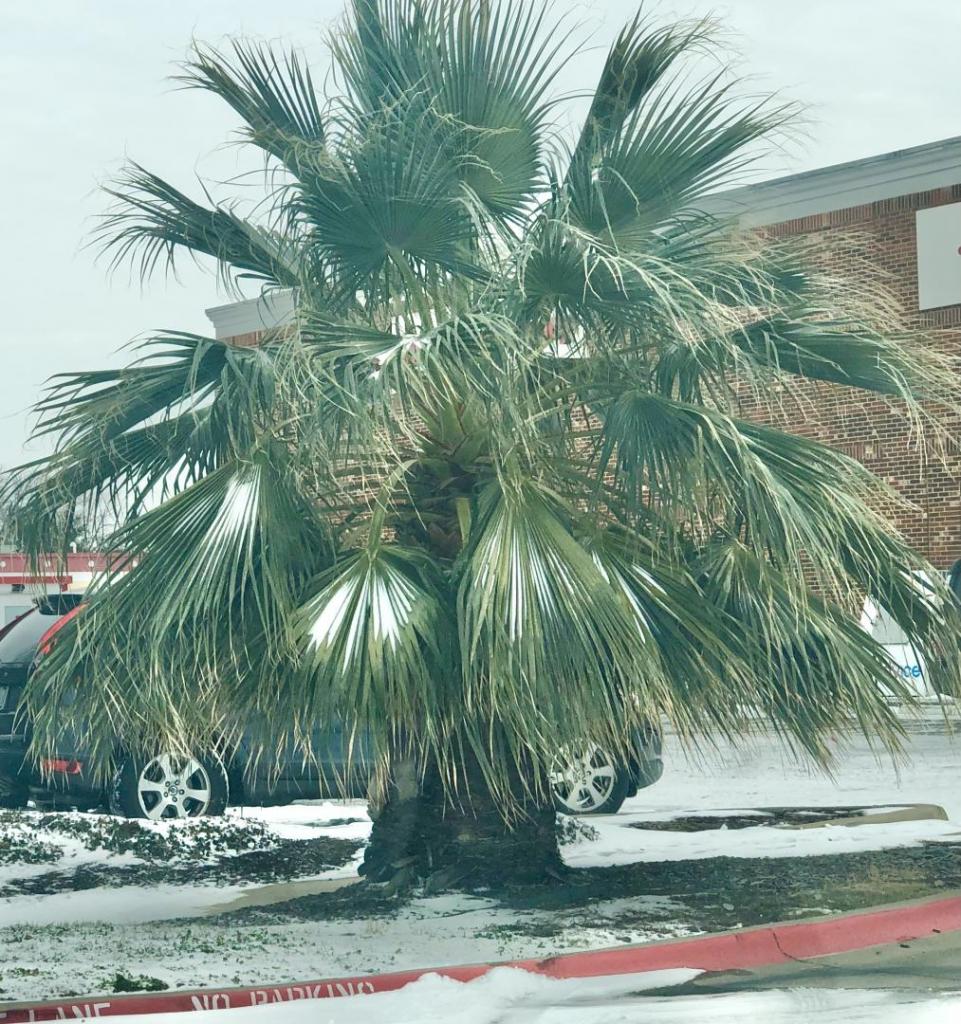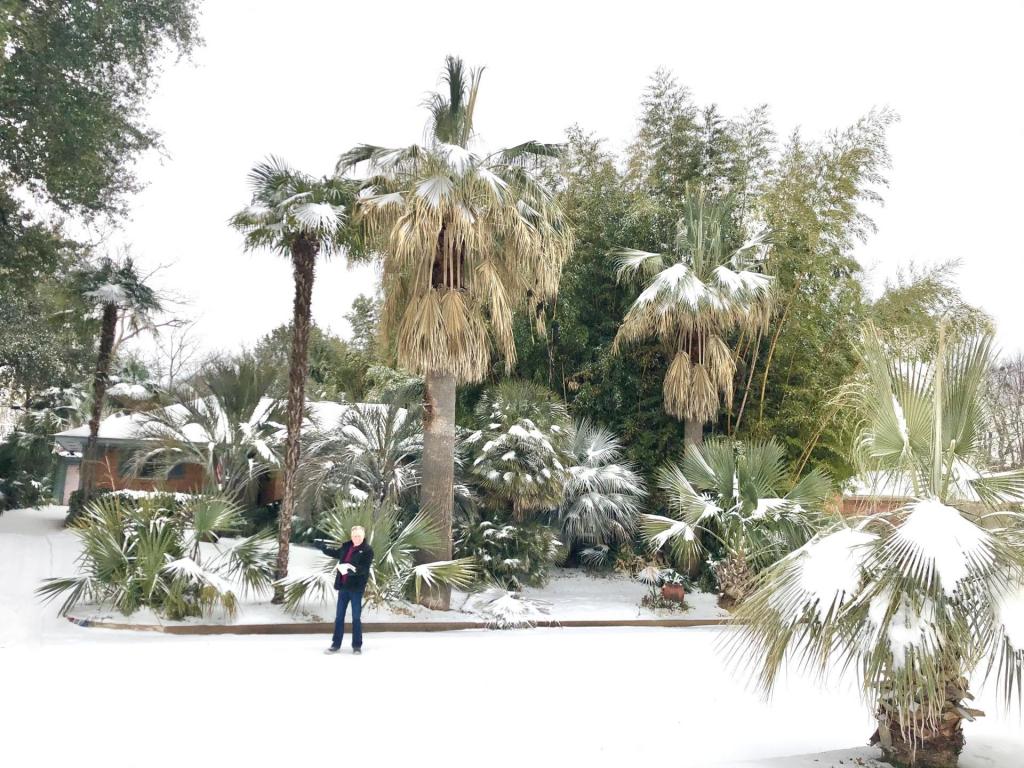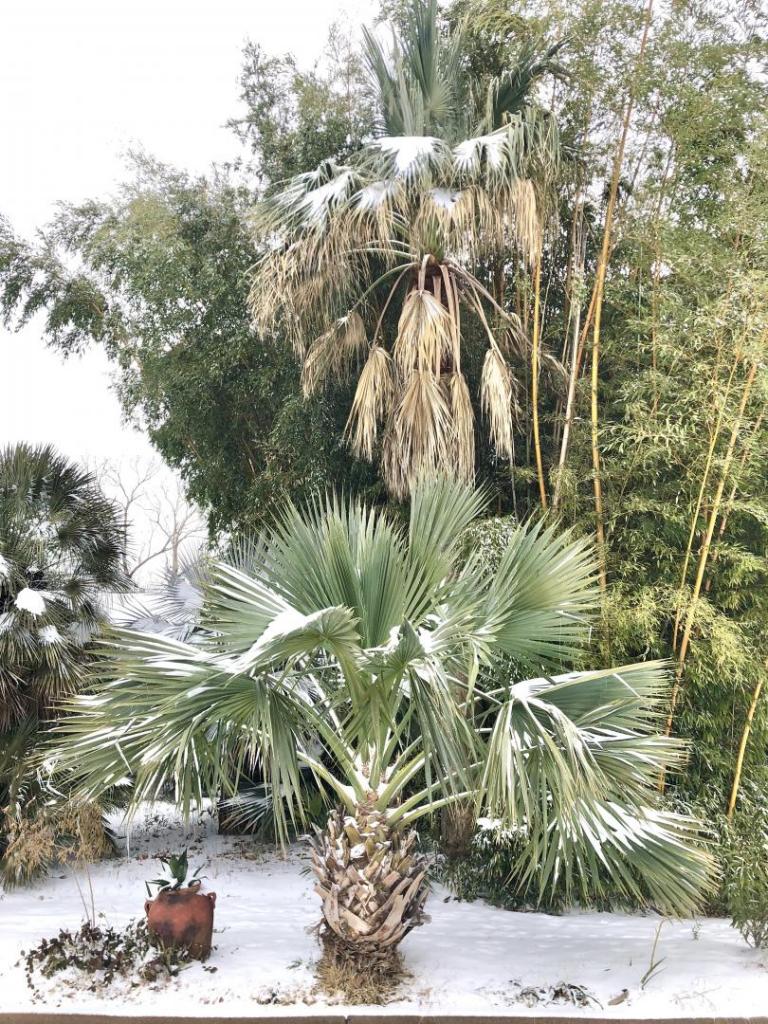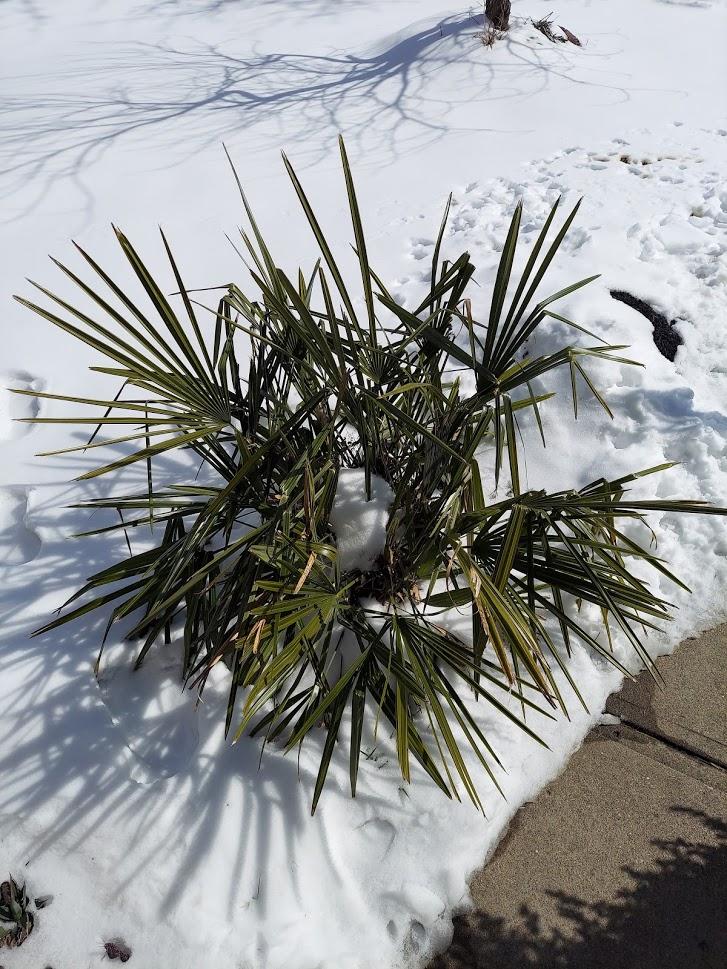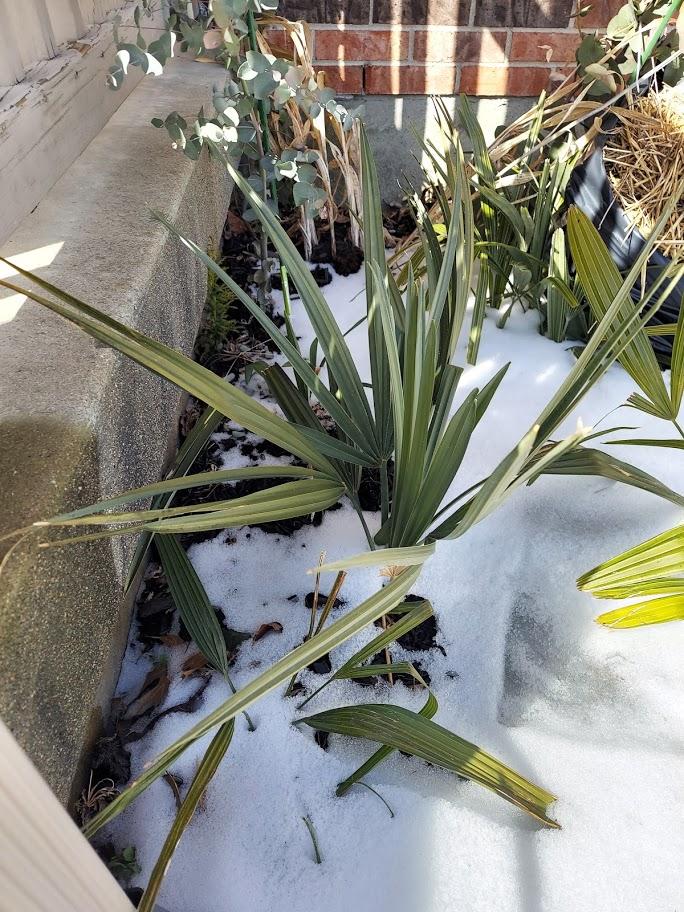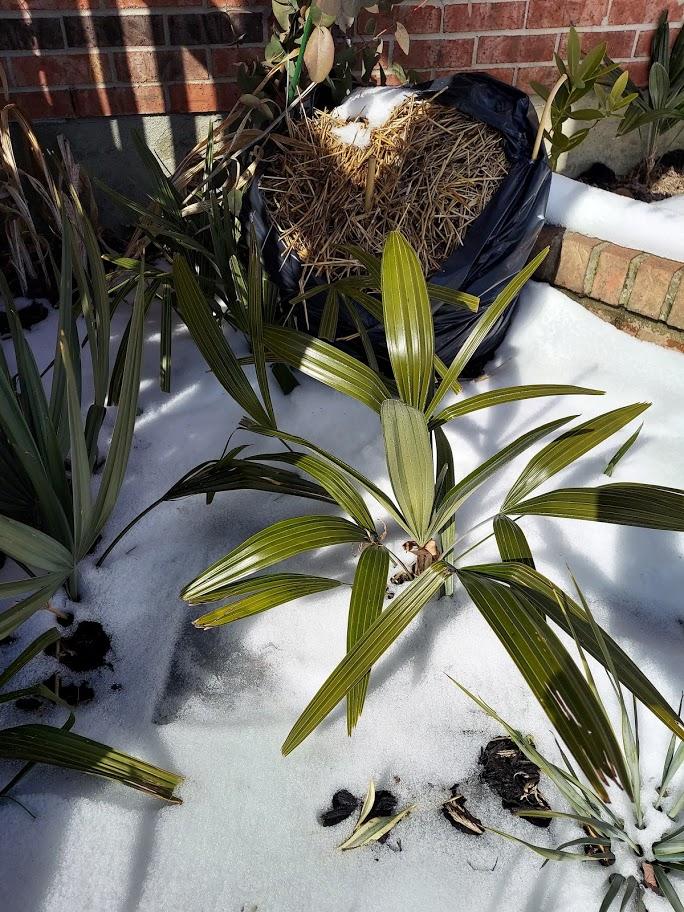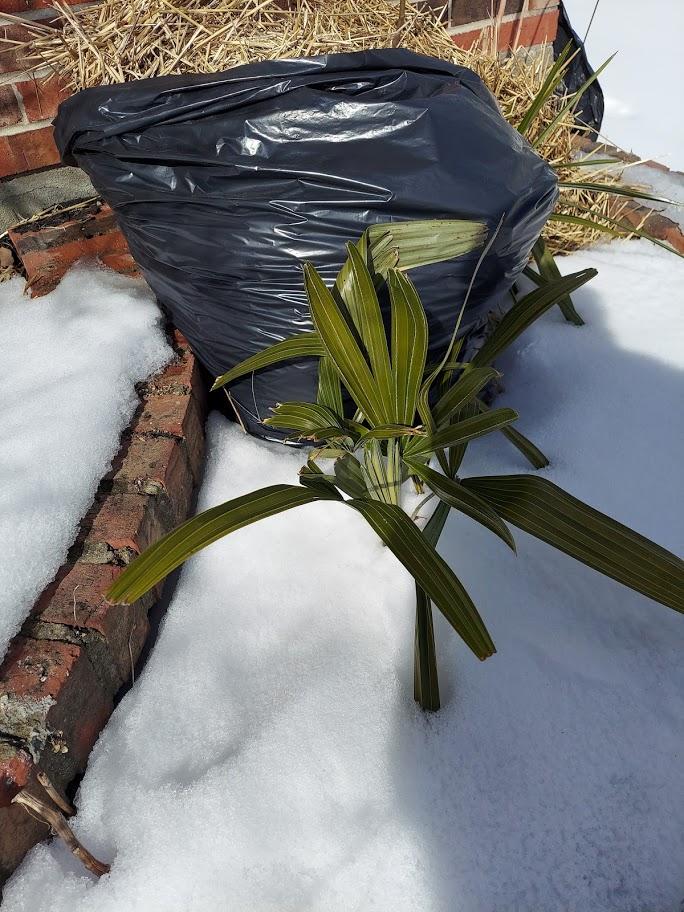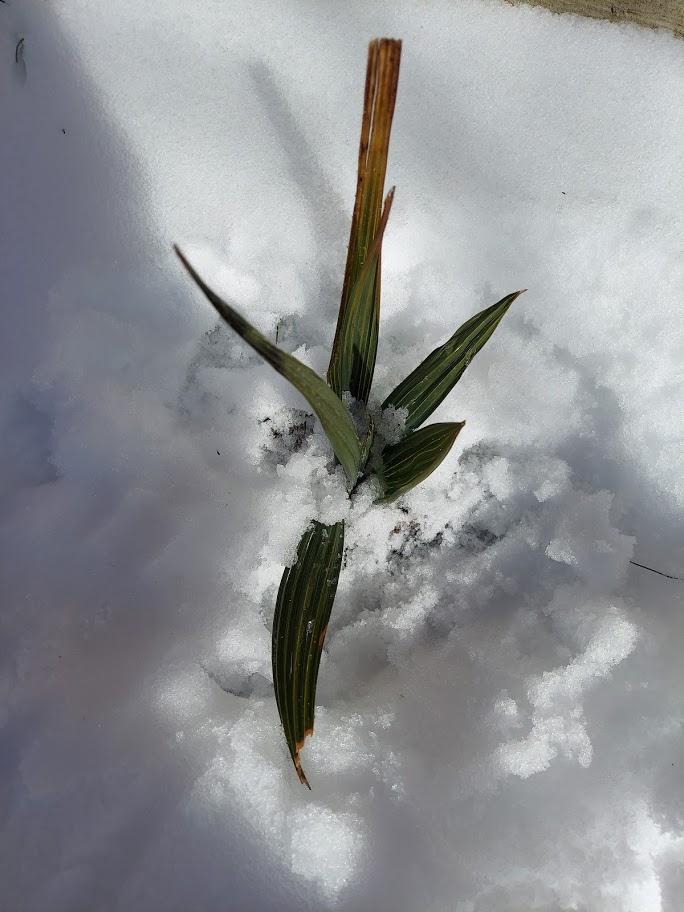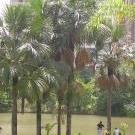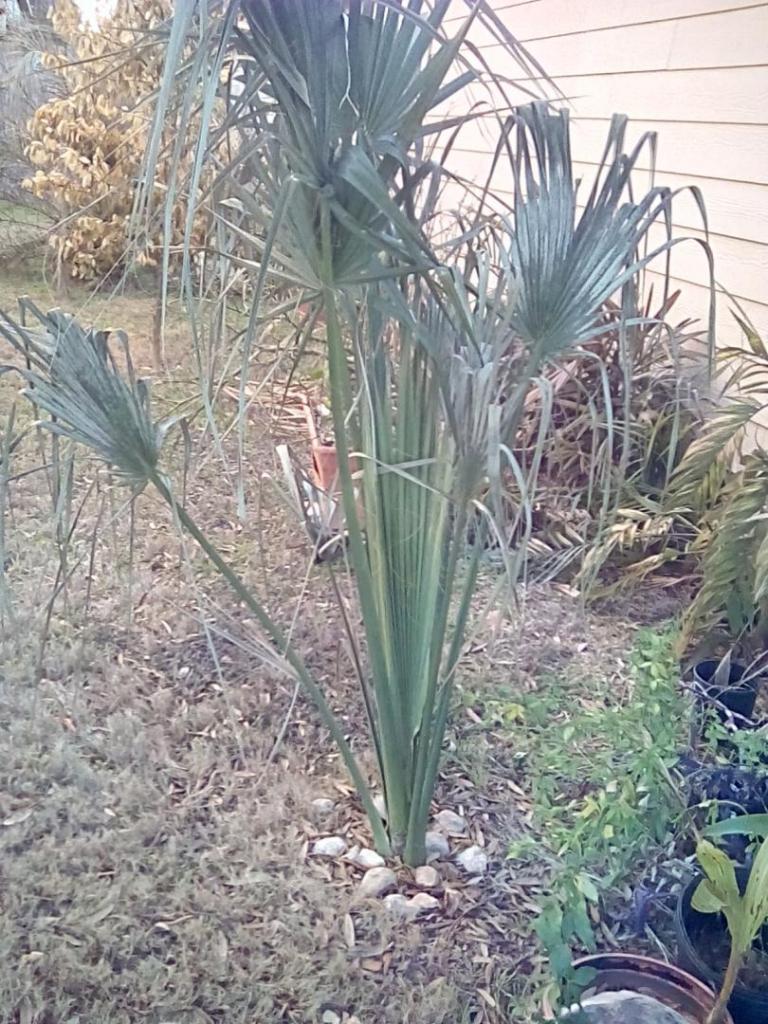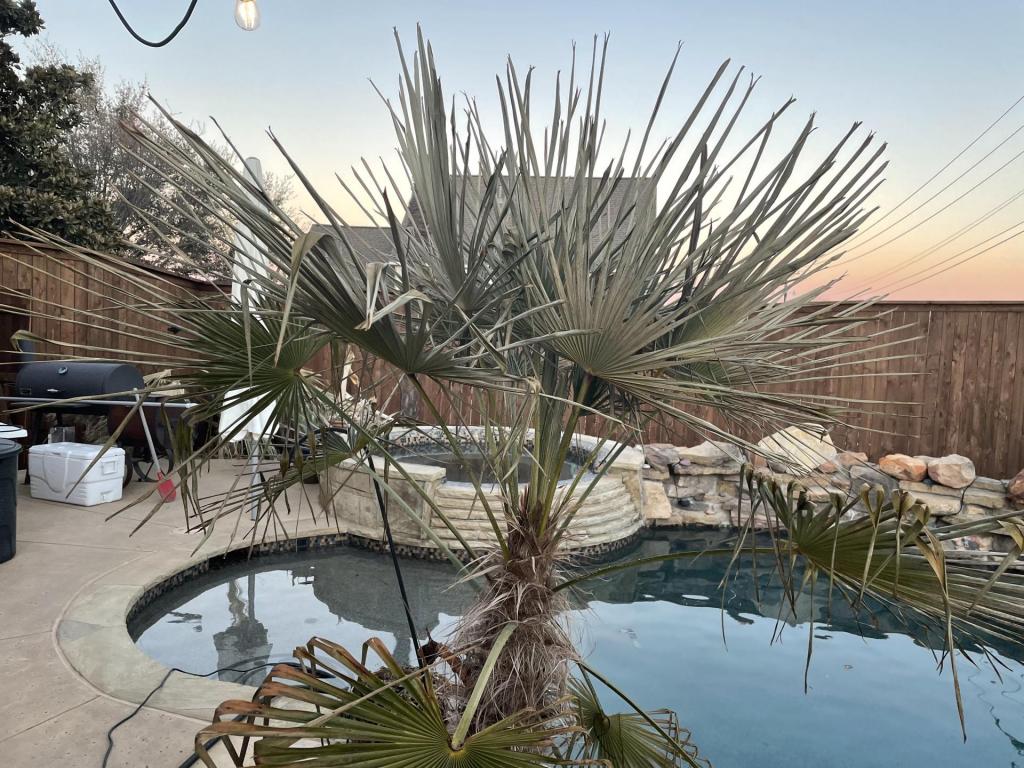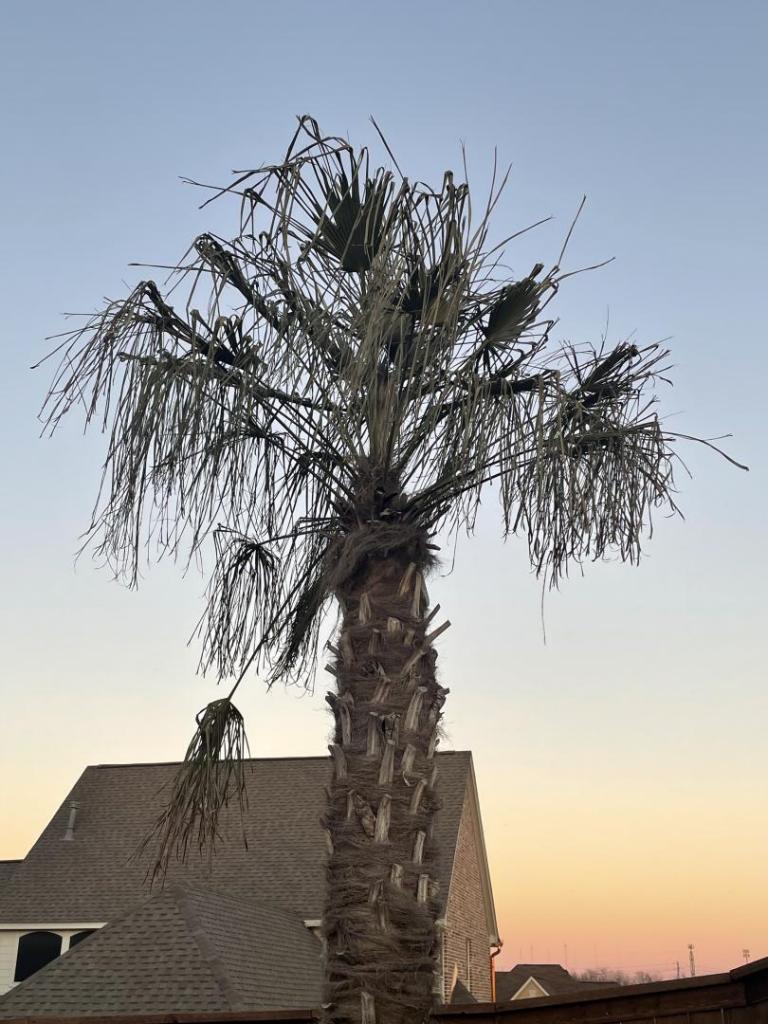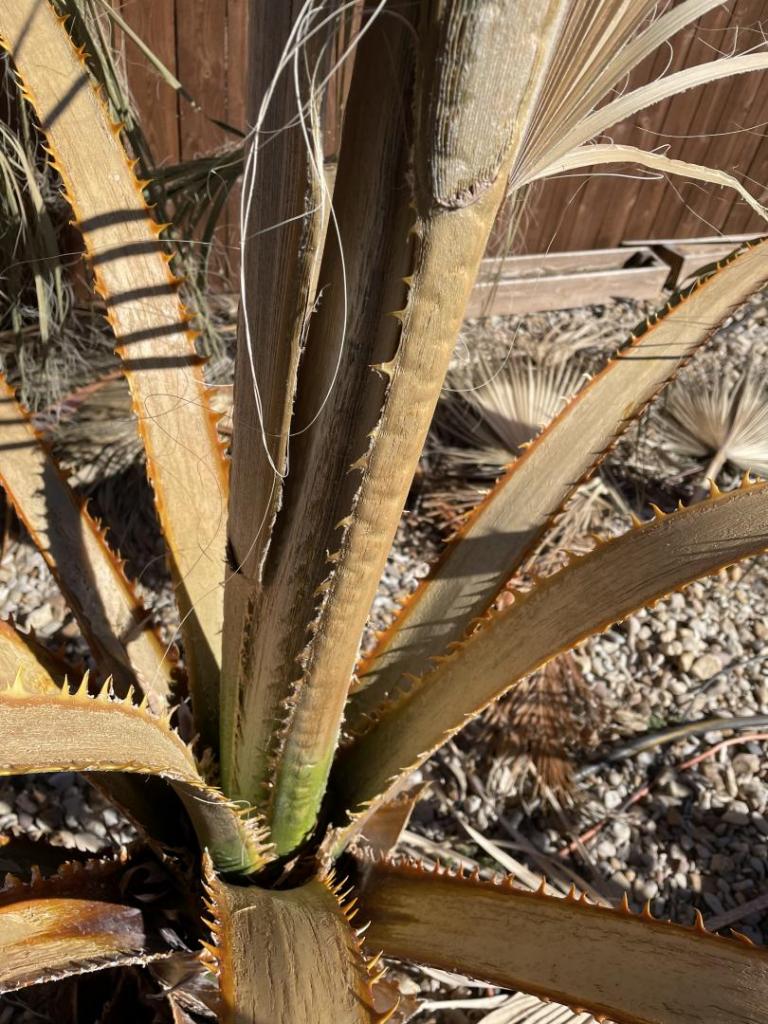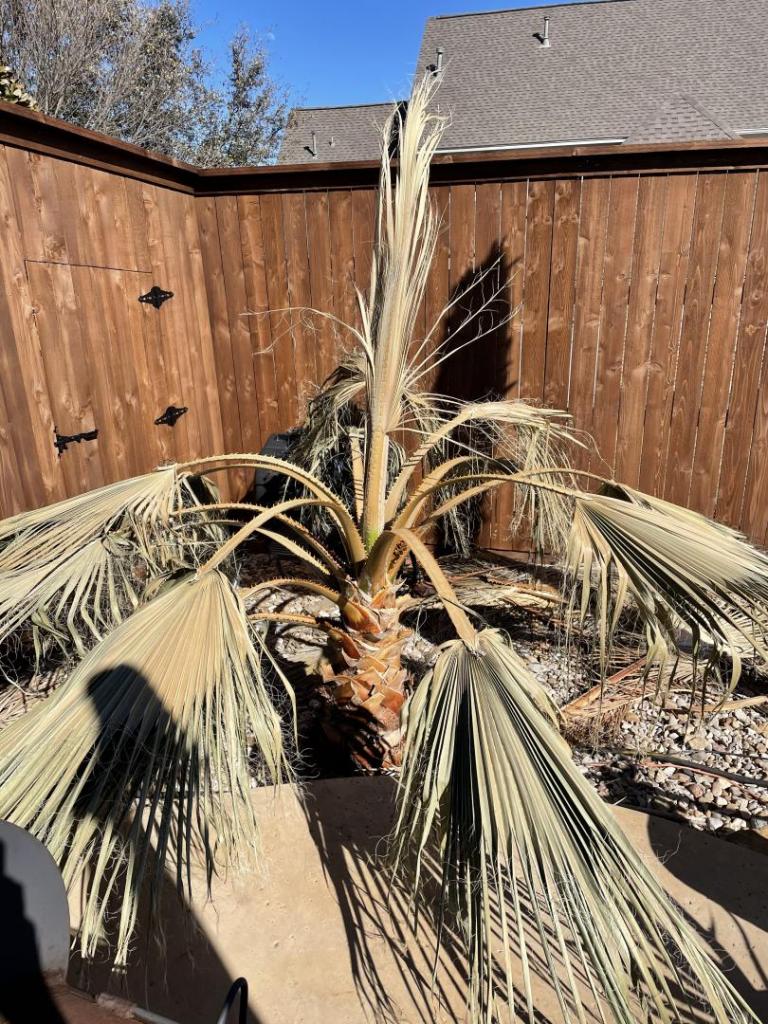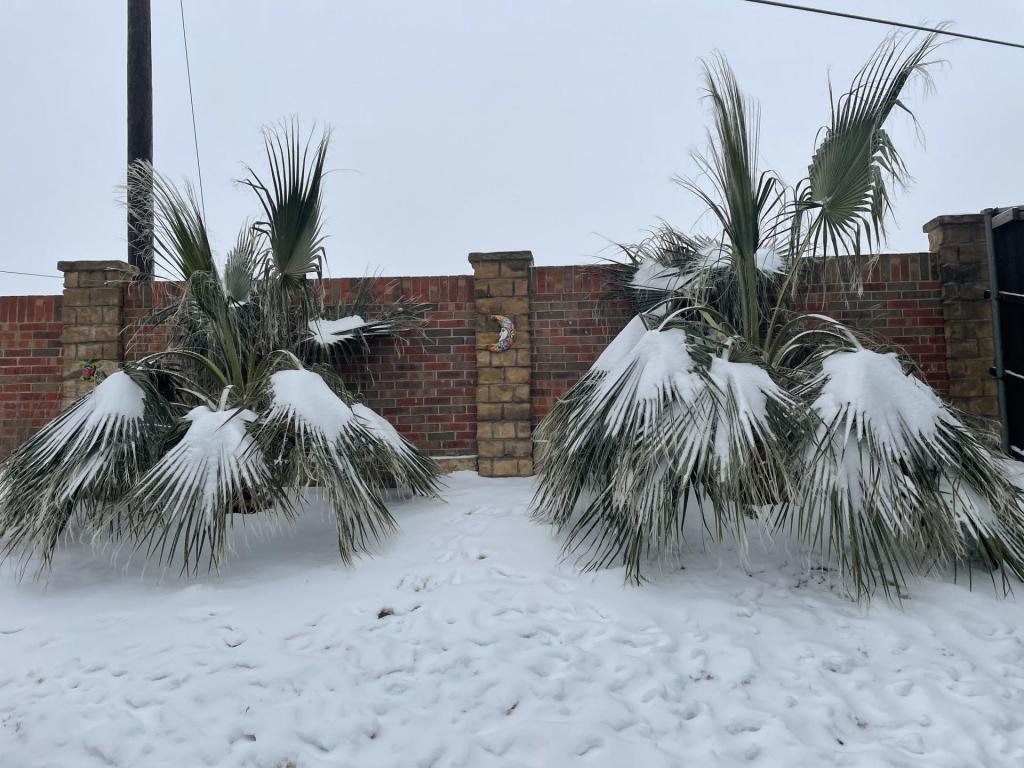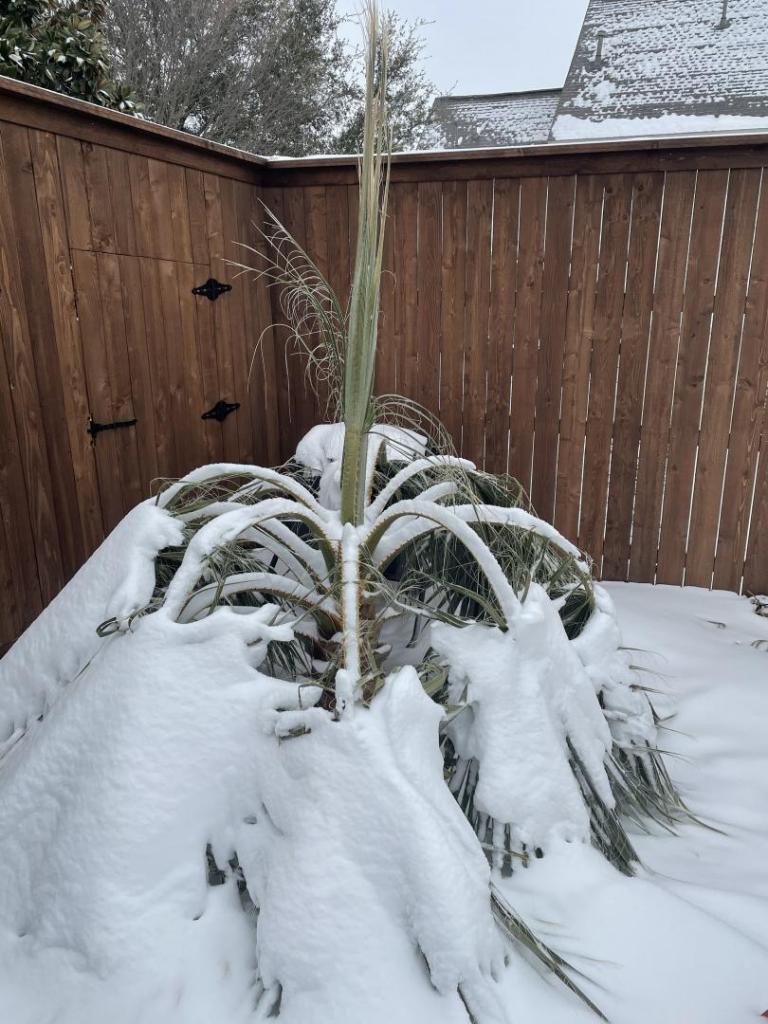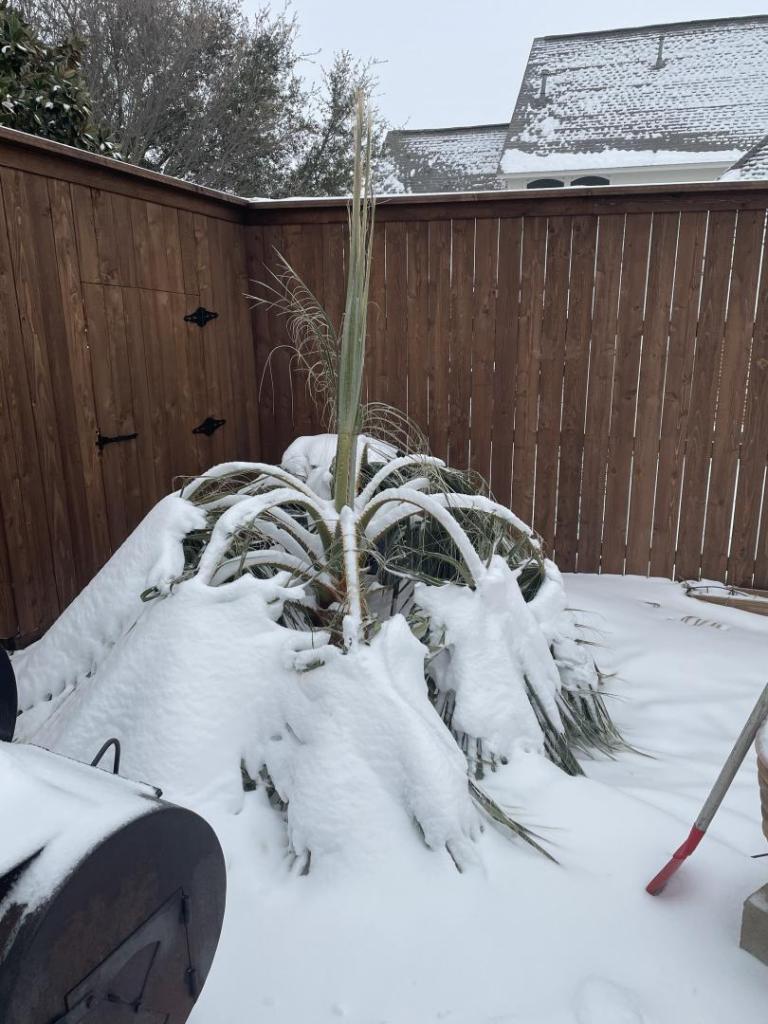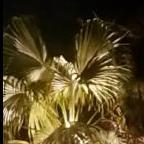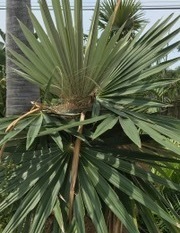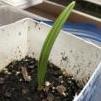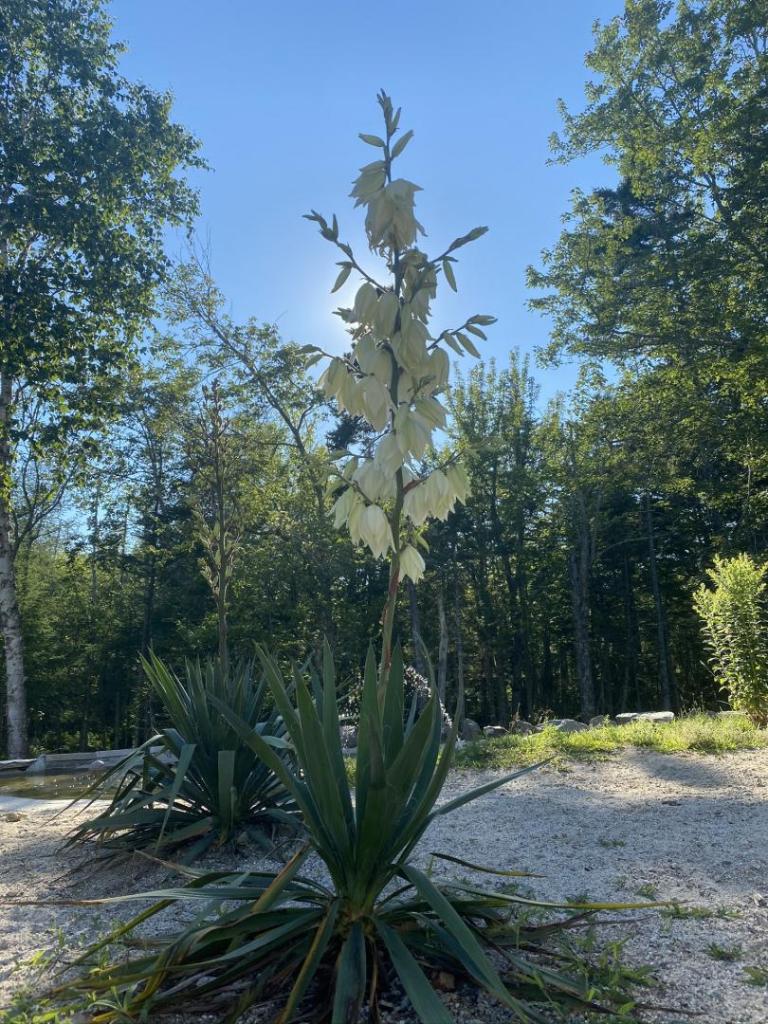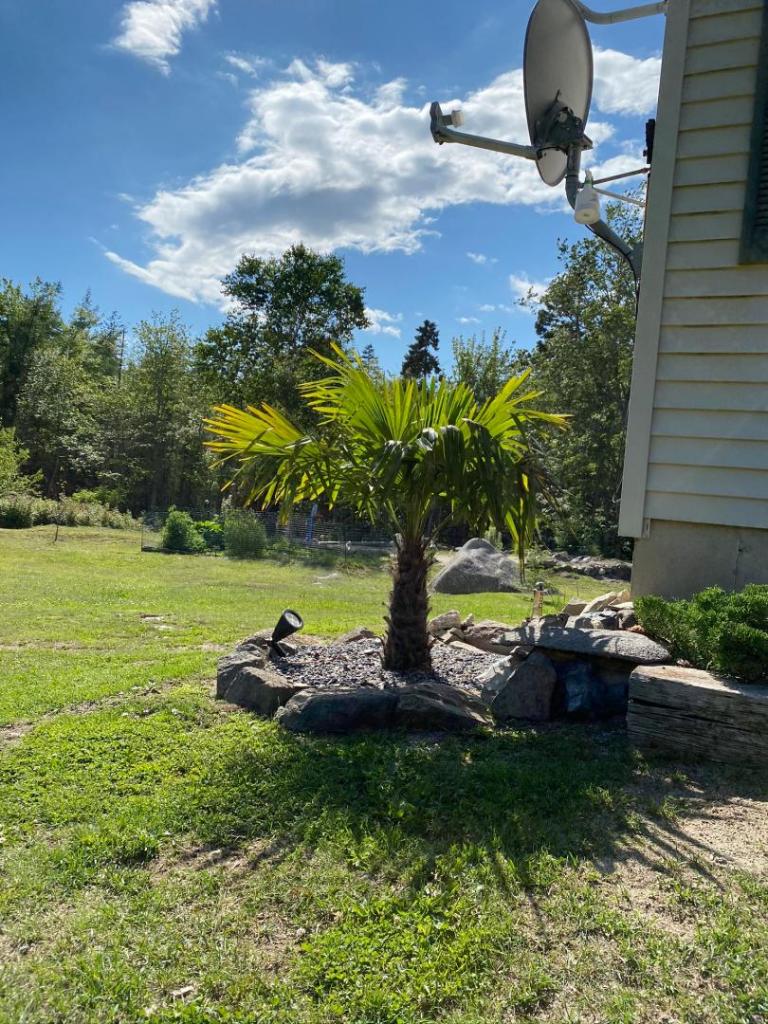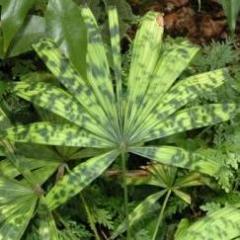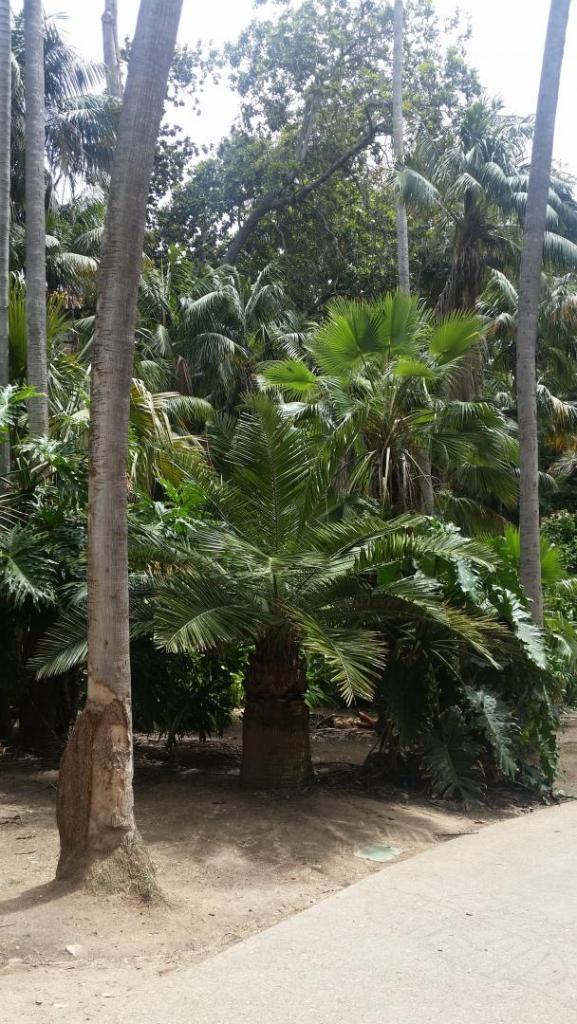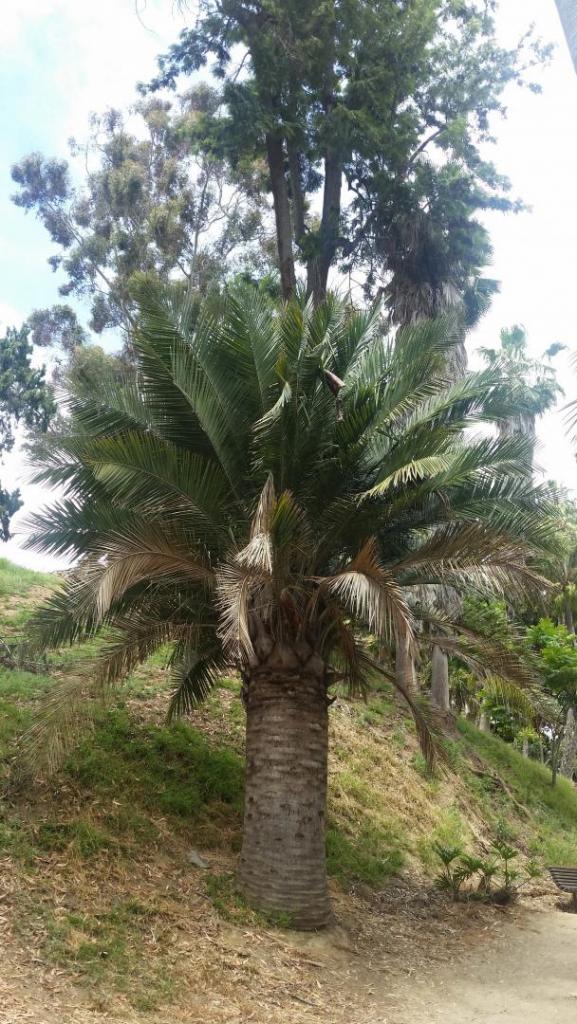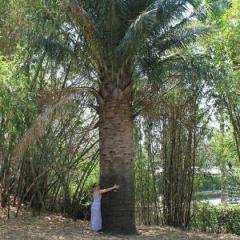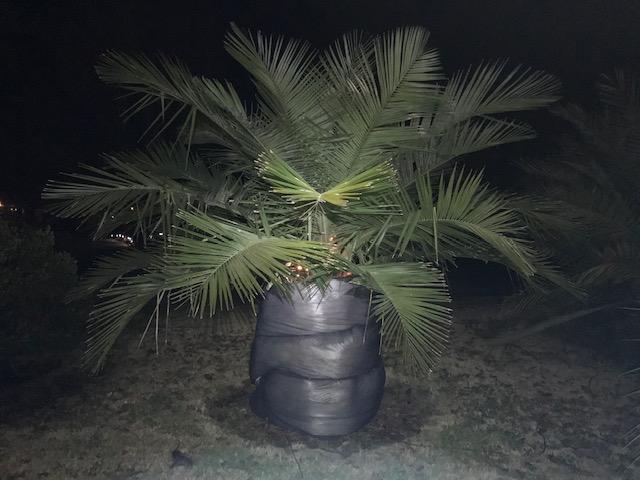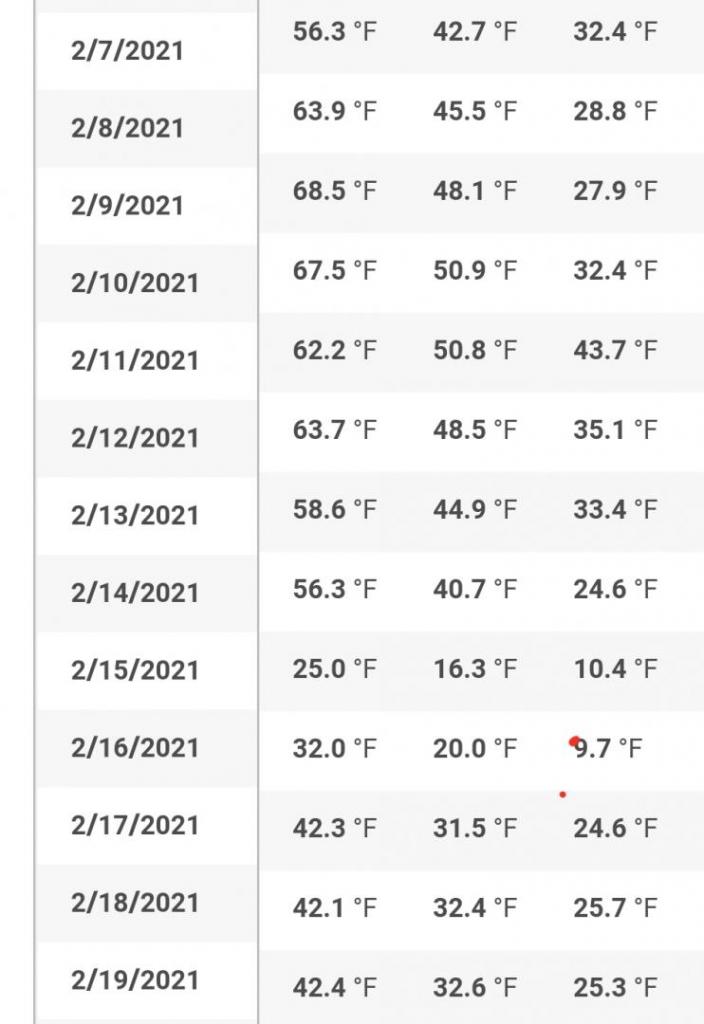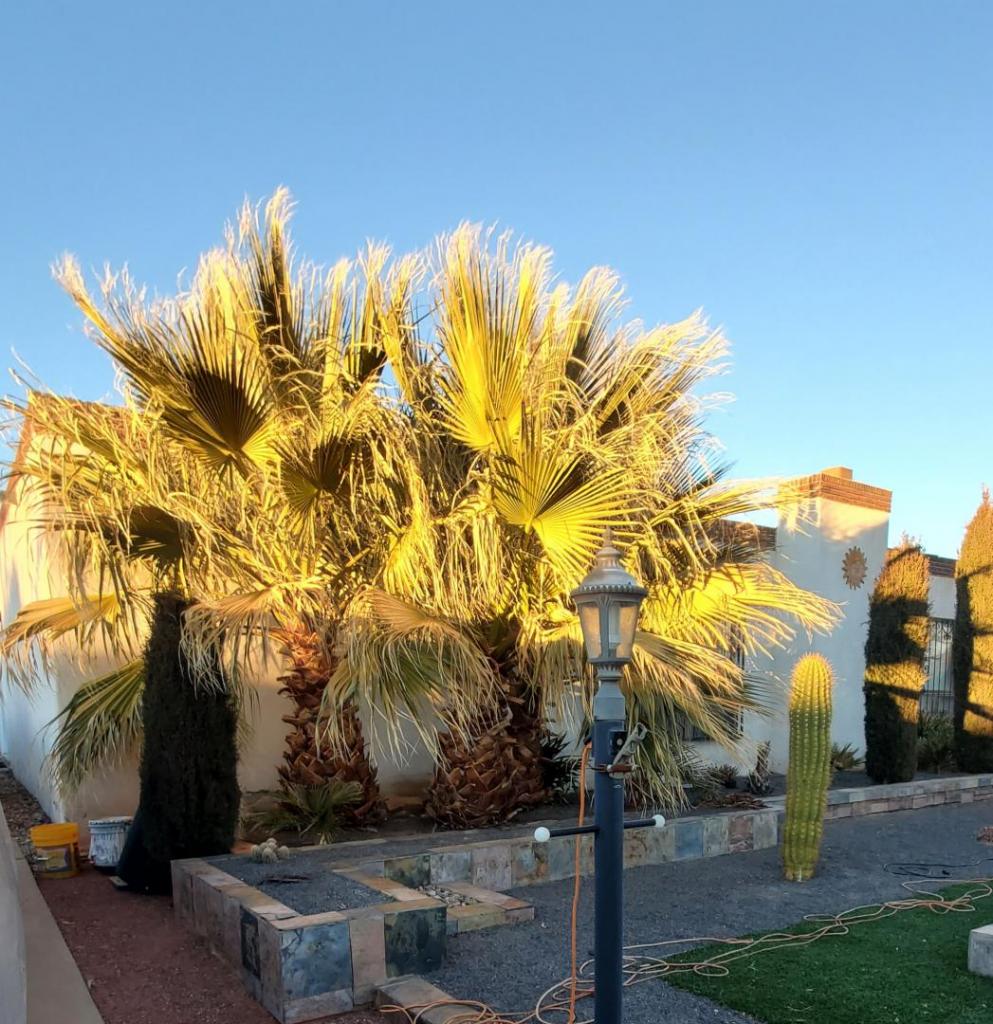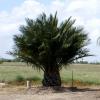Leaderboard
Popular Content
Showing content with the highest reputation on 02/23/2021 in all areas
-
8 points
-
I went to Crystal River, specifically the Fort island trail a couple weeks ago while I was staying in Hudson Florida. I had first visited Crystal River in Febuary 2016, less then a year after the palm bug hit me, and I took as many driveby shots of the huge old Sabals on our way to and from the beach (I was 14) and have posted them on here on various occasions. Heres some new photos of the many ancient palmettos growing in the hammocks in the marshes. This first one was taken before the landscape changed from wooded forests, to hammocks and marshes, maybe 4 miles inland, while not as abundant as they are in the hammocks, there are many all over crystal river, and I only wish I could have taken more photos in these settings. Now for some of the many hammocks on the "trail". for context, it was quite a windy day so these aren't "sickly" or anything. Some of the larger hammocks spread for miles... Some hammocks had basically eroded into the marsh thus slowly drowning those palms. Notice the ones on the left are doing much better, just a few extra inches above the water table makes all the difference. I also noticed a fair amount of both Black and Red mangroves mixed in in some areas. Heres a couple Red Mangroves, Black mangroves were far more prevalent and larger, At the Fort island beach at the end of the trail, there are less very tall ones as it is right on the ocean, but still a few.. On the mini boardwalk to the pier Directly on the water, were the largest of the black mangroves Also a clump of naturalizing Phoenix Dactylifera, This was the only non native palm I saw volunteering in the area, I saw this same palm in 2016, but alas, the tallest one in the clump died, its trunk still visible behind. The tallest one now is almost as tall as the original, 2016. Well, hope you enjoyed my Crystal River shots!7 points
-
6 points
-
Here is a small update on some of my palms that I have been growing here in Cincinnati ( zone 6b) WITHOUT any protection whatsoever. Unlike parts of Texas that saw below zero temperatures, We in Cincinnati experienced a low of 3 degrees Fahrenheit. These are just some of my palms as of yesterday now that the thaw has begun. The large needle palm was a palm that I salvaged from a restaurant along the Ohio river just outside of downtown Cincinnati last September that had been growing in a median in the parking lot totally unprotected and fully exposed to the elements since 2009. I will be posting more updates on my other palms and exotica later.4 points
-
Update from Westchase, Houston, lowest temp ~14f with 24 hrs below freezing. The fellow in the middle looks the stiffest, still a bit of green on the petioles. Most likely of the 3 to survive. You can baaaaaaaaarely see a little green on the center one. Number 3 looks the worst. But they don't look any worse than they did after the 20f freeze on 17 Jan 2018, and all 3 of these weathered that one very well.3 points
-
6' overall height and in ground 3½ years. Unprotected with some live oak canopy. One week after consecutive nights of 9°F and 16°F with ice and snow and nearly 110 consecutive hours below freezing. 50% of foliage damaged and newest spear is currently opening (since Friday) so definitely will survive.3 points
-
Thank you again for the Borassus. They’ve started germinating!3 points
-
Just so happens I had a chat with Thomas Glasgow the County Extension Director at NC State university in New Bern NC in Feb 2019. I still have one of the emails. We were chatting about Trachycarpus survival rates in NC after 2018. Here is a snippet of what he said in my email in regards to Butia in Feb of 2019 one year after the 2018 freeze. "So I can't comment on how these lesser known plants performed, but my observations are that what we know to be Trachycarpus fortunei did exceptionally well, with a small percentage of losses. Losses to Sabal Palmetto were significant; Butia capitata was a disaster at any distance from the coast." Here is one of his articles on the event https://craven.ces.ncsu.edu/2018/02/winter-damage-to-palms-2018/3 points
-
3 points
-
3 points
-
I doubt most of the people who work there would even know there are different varieties. Even the ones who order are relying on the supplier to tell them what they have. The tags are occasionally wrong anyway. Sometimes you can get a deal if you know what you are looking for.3 points
-
I grew up in a 6a, these days I feel like my coastal 8b is too cold2 points
-
Seeds are finally ripening like crazy. I will be getting these down in a couple days. I think this is stauracantha but can’t be 100% positive. It sailed through 2010 Winter with no overhead protection. These are very easy to sprout too, I found a few underneath tree and in a week or so one already sprouted. .20 each 50/$10. (Plus Shipping). Beachpalms@cfl.rr.com2 points
-
2 points
-
2 points
-
2 points
-
Sabal palmetto Lisa. No other palm quite like it. I am fond of all the other Sabals as my Sabal Row illustrates. Part of the reason is that my first generated palms were seeds of Sabals palmetto, maritima and domingensis in 2008. You don't forget the first moment you see those green spikes peeking out of the soil. Sabal palmetto Lisa (RIP), Cape Coral, FL, 20152 points
-
So far here in Maine on an island off the coast, I’ve had success with needle palms, and a windmill palm (which I construct a greenhouse around, but only fully enclose it when it’s usually mid January to end of February) I’ve found three main things for the winter that’s a killer, excessive moisture, not enough sun and to exposed to winds. Take care of these factors and you should have success. I have others I’m testing this year, like sabal minor and a cabbage palm.2 points
-
Whats worse is .. at least w/ those cacti they sell w/ the fake flower on them is there is no species listed on the labels, & just the most basic info.. Notice info on others is either partially.. or completely off.. Kind of frustrating.. esp. for anyone just getting into growing cacti ( or Succulents )2 points
-
Yeah the tag on it just said... cactus assorted, likes bright indirect light, makes sense since it was in the house plant section. Thanks for your help!2 points
-
I'd be quite surprised to see a high kill rate among any of the native trees there.. ( since they evolved w/ the region's climate ) Vachellia farnesiana ( and others like rigidula, schaffneri ) will defoliate ( to some degree ) here some years. Imagine Southern Live Oak will slough off any damage and push new foliage vigorously as it warms up. It's Coastal/near -coastal cousin in CA. will come back if torched in lower-mid intensity fires ( although they look like crappola right afterwards ) Imagine S. Live Oak are about as tough.. Older trees anyway. Prosopis glandulosa will likely be fine.. though maybe suffer some degree of finer- sized twig/stem die back. As i'm sure you know, almost impossible to kill Mesquites lol. Same general thought regarding Texas Mtn. Laurel/ Olive, Sandpaper Tree ( Ehretia anacua ) and Leucanea retusa.. Much more curious about how things like Arroyo Sweetwood ( Myrospermum sousanum ), Monterey and Royal Oak ( among other Mex. Oak species being grown in various gardens there ).. and younger Montezuma Cypress specimens planted around San Antonio/ Austin / elsewhere fare after this event.2 points
-
Possibly Opuntia monacantha " Joseph's Coat " There are a few other variegated Opuntia cultivars around however..2 points
-
Got halfway to College Station from Houston on SH 6 when I noticed all the brown live oaks. Robusta in CS look very very very dead.2 points
-
The palms are tall so I don't want you to get hurt going up there but generally if a palm has significant cold damage the newest spear will get cold damage to it and 'rot' after temps warm up and the spear will be able to be pulled out. You give the spear a gentle but firm tug straight up. A rotten spear will feel wobbly and will pull all the way out as may some of the fronds in severe cases. Peroxide is cheap so I generally use 1/3-1/2 bottle per palm, you can't overdo just pour slowly and listen for fizz. Fizz is it interacting with anything bad in there. They may not spear pull for a few weeks even. Trachycarpus can grow a new spear easy but you had some brutal cold. It can take a couple months to see if it will live. You will know if it is going to live if it pushes out a new spear by June or so. If you find the entire top 'rotten and soft' at some point in this process you can try a more drastic method called trunk cutting whereby you saw off the trunk a few inches at a time from the top looking for healthy trunk and no rotten hole. Then some palms will push a new spear at that point. Look at this video it explains better2 points
-
Delonix regia is a dicey plant anywhere but the low desert, but one that everyone wants to try...and many fail in the coastal zone of SoCal, but some have excellent results even in cooler coastal areas in just the right combination of circumstances. But it is a very finicky plant in terms of its seasonality and the textbook on how to get it to "do its thing" is that it wants a certain amount of heat overall (Florida! Palm Springs! Dubai! Madagascar!) and it really wants a warm, dry spring to set its buds before it leafs out in summer. That is usually impossible to provide in coastal SoCal because of the near-constant eddy as it really doesn't warm up until about the 4th of July. This is why it is spectacular in the Florida Keys on barren, hot, dry, rocky substrates with zero irrigation. And even in the frost-free areas of the low desert, they are often planted in wide grassy areas where they receive year-round irrigation, which spoils their flowering, reducing it to a smattering of occasional flowers all summer long, but never a really good show. If they would just shut off their irrigation from January to May, the trees would be spectacular in bloom, but the grass would die, too! (And we can't have that.) They are also sensitive to overhead lighting and must be planted in areas without any interference from such street-lighting or you will see no (or few) blooms. It is a picky baby and you will want to cut the thing down after a few years if it doesn't perform for you. And there are many other gorgeous Erythrina from both hemispheres, and I will also second Erythrina latissima, which is really something that can stop you in your tracks. Beautiful leaves, bark and flowers. But you will probably have to grow it from seed (much is available on eBay). If you are concerned about the Erythrina twig-borer, which I believe has been very localized in its attacks so far, you might look to see if there are any resistant species. It is a New World moth, and so many of the New World Erythrinas may be more tolerant as compared to the African species. If indeed this is the case (I can't find any info confirming it, but it is a generally used assumption with such pests) you could try Erythrina poeppigiana, from Central America and northern South America, which is a real stunner...but it is more orange than red, and you will also have to grow it from seed (though it is very fast). Outside of those two genera, there are so many beautiful flowering trees you can use in the greater San Diego area, perhaps you should explore some of the other showy options you have available. Visit the San Diego Zoo and Balboa Park, Quail Gardens in Encinitas (I think they are now called San Diego Botanical Garden?) and you can also try the Arboretum in Arcadia and Huntington Gardens in San Marino, all have good collections of unusual flowering trees. One I would recommend is Cassia fistula, the Golden Shower Tree from India. It is spectacular yellow-flowering tropical tree and will bloom beautifully in SoCal particularly up against a hot south- or west-facing wall. It will also take a little frost now and then, which you may have to contend with in Vista depending on the situation of your property there. Some of the other Cassias have been flowered in SoCal (Cassia grandis, for example), and there are a number of Tabebuia that are feasible and quite spectacular but none are red. If you have to have a red tree, you might look into Bombax ceiba. It is quite showy but more vertical than horizontal in form. Spathodea is an excellent choice but only if you are in a frost-free spot. They can easily be frozen back significantly or even killed by a good freeze. Schotia brachypetala is a fairly showy red-flowered tree from Africa you might want to look up, as well. As I say, there are many and you can spend a lifetime studying them all! Good luck with whatever you choose.2 points
-
2 points
-
Awesome garden! Even if only half make it you'll still be ahead of everyone!2 points
-
Some were protected by a tarp. Much of the time we were without power and heat. No supplemental heat.2 points
-
Almost all my in-ground palms spear pulled. The big winners are Butia yatay x Jubaea, JxB, and all Sabals (uresana, causarium, bermudana). Pretty much undamaged.2 points
-
2 points
-
You definitely need to try Hydrogen peroxide or copper fungicide in the spear and see if you have a ladder that you can reach the spear and gentle pull on it. Treat weekly when it will dry out (Morning on a dry/warm windy day). Honestly with those temps it's a longshot.2 points
-
That cap had fun for a short while. - Basically the capacitor stores a charge and when needed (power applied) the charge kicks the motor into gear to get it going. This charge helps the motor to speed up quickly and to break inertia. Some motors will not start spinning without a working capacitor. It would just sit there and go 'Hummm' and not spin. The larger the motor the larger the capacitor. I work with the ones on electrical sprinkler pumps now and then and other motors all the way back to manufacturing and electrical class in high school. - There is a capacitance gel-like substance within the capacitor that holds the charge. It can only hold so much, usually measured in farads or more likely megafarads. Too much power and well, you know the result. The symbol is (MF) next to a number. Sometimes if there is a short, there is no path for the capacitor to direct its charge and it overloads. - The connectors should have a positive and negative designation on them. Be wary of online substitutions that may be too low quality or it may happen again. Usually its a straight-up replacement deal. Many manufacturers will not sell you replacement parts because they want you to buy a brand new machine again and again... This is a basic description and there can be more to it than what I added here. P.S. - We used to charge a capacitor by hand by touching it to a running motor, then walk around and Zap! people with it by touching it to their skin. We would use the big capacitors too, like the size of a spray paint can. I do not recommend this unless you know the target well or can run fast. Ryan2 points
-
I’ve only seen green and Golden Malayan dwarf. I personally have a golden Malayan dwarf from HD.2 points
-
2 points
-
It's not dead yet. Tug on the spear and it will likely come out easily due to rot inside. If that happens, treat it with a fungicide or some 3% hydrogen peroxide which can be found at Walmart pharmacy for less than $1 for a bottle. If there's rot you'll hear it fizz. We're dealing with the same issue on some palms here after our horrible polar vortex. If you use the hydrogen peroxide try to keep it dry afterward and probably need to re-treat. Welcome to Palmtalk!2 points
-
In my case, there was some paver sand in one area of the yard where pavers had previously been laid. Using that and some rocks, elevating it slightly from the surrounding area, and getting a border to hold all of the elevated plantings together is usually enough. If you plan on getting Washingtonia filifera, do yourself a favor and either order a ton of seeds so you can plant the survivors that don't succumb to our less than ideal conditions, or order off @TexasColdHardyPalms as he filters out the ones that are less moisture tolerant.1 point
-
I use to grow palms when I was borderlines 8A/8B. Apparently, I'm now borderline 6A/6B.1 point
-
I expect the really tall ones could be 100s of years old. They are a priceless part of FL's landscape. I grew up in VA. The VA State tree is the dogwood and the State has a law prohibiting damaging dogwoods in habitat. When I was 7 my Dad took me on a rock hunting trip to find purple and red slate rocks for his new garden. I saw a flowering dogwood in the woods and picked a blossom to show him. That's when he told me about the law and that I should leave dogwoods alone. All the way home I wondered if the police would find out what I'd done and come to our house to arrest me like on Dragnet. I also worried that my Dad, an FBI agent, would get in trouble with J. Edgar Hoover because of his lawless daughter. Children are never as clueless as adults believe. I don't know if FL has laws protecting Sabal palmettos in habitat. If not, it should.1 point
-
Common name for the species is " Drooping Prickly Pear ", and it is solid green.. Per the World of Succulents website. " Joseph's Coat / Maverick " are just a couple of the variegated forms rather than a species, no matter how a BB store specimen might be labeled.1 point
-
Mosquito bits work ok for me on potted palms but I think fly tape is actually the most helpful, combined with less watering.1 point
-
Yeah. I've got some water hogs in here. So it turns out there's a drawback to "self watering" pots.1 point
-
1 point
-
Tony-- Even though maybe I shouldn't be, I am surprised your Jubaea so thoroughly burned in a wind-protected, location. And while you had quite a few more hours below freezing, I had enough (with a high temperature of 22F) one day, to show that maybe the absolute low is the bigger issue than the hours. I snapped the photo below of mine tonight, and it is green as of now. It also stayed largely green when we saw 7F a few years back that included brutal wind but only one daytime high below freezing. It is in a very exposed location, but not in an open field either. This is the first freeze I protected my Jubaea. I chose a 20 minute method, wrapping the clear portion of the trunk with mini-christmas lights and plastic-covered R13 fiberglass insulation. I was hoping to at least protect the bud from dying in the event we hit the forecasted low single digits. What temp do you think the Jubaea at the Dallas aquarium saw? How did your Brahea armata do? My three large armatas have had the foliage burned off by cold a few times over the last 15 years.1 point
-
Sorry mine doesn't. .I wish too..I grew mine from seed..But just talked with someone on here that has volunteers.that he said he would send me. I'll just pay shipping..waiting now. The seeds take a while. .and you coukd have 20 seeds and maybe get 10 to germinate.1 point
-
Here's an update from Abq.. ill add more pics as soon as I get them and add separate updates. Overall it could have been worse but we still got some of the arctic air that came in from the canyons that brought the coldest weather for the entire winter. I had 2 nights of ~10f..and the forecast for those 2 nights were 15f and 3f respectively.. Here are my 3 Washingtonia filifera TorC palms.. I took the pic around sunset tonight..but they are frazzled for sure.. there is still quite a bit of green...1 point
-
I am not sure, but I would say no. It would sound like it would be more durable but it may not work at all as the voltage would not be sufficient to charge the capacitor. Also, the 450vac cap' could be designed to work only on that voltage and I would imagine at 450 vac, (with the same uF) the charge would be much more powerful than what is needed. Also not sure, but the 450 vac cap' could be for a 3-phase electrical motor, not a regular 2-phase situation. Depends on how much experimentation you like to do. I would try to find the most identical replacement by a reputable company. Talk, phone, email, etc. to the company before buying and ask them all the questions you can think of. I like to do my research that way and if they like to answer questions as much as I like to ask them, then I will try ordering from them. Ryan1 point
-
The southern plains of the US are optimally setup for cold air invasion in relation to the heat provided by low latitude, sufficient insolation and close proximity to the Gulf of Mexico. The sharp potential contrast between cold and hot in this region is why such severe storms, including tornadoes, reach a level unseen anywhere else in the World. As explained before, you can sort of blame the Rockies. A very high, continuous barrier vertically aligned that largely blocks milder Pacific air from spreading eastward. Simulation models show the central and eastern parts of America would have more even precipitation, and much warmer and less severe winters if the Rockies were low or nonexistent. (Australia has a Great Dividing Range but its on the eastern side of the continent and not nearly as high). Not only that, the Rockies actually help to amplify deep troughing, enhancing the southward movement of polar air masses. Additionally, there are no mountain ranges oriented west-east most anywhere in North America. What we do have is flat land galore from the Gulf of Mexico to the Arctic. Frigid air pours out of Canada into the United States like water spilling on a table when conditions are favorable.1 point
-
Yeah, the crown looks less full and it does look like it has suffered, but I am just surprised it is still alive.1 point
-
Jubaeas are growing in a lot colder places than Dallas. I've heard of them surviving below 0F, and I know for a fact they will take 12F with no damage whatsoever, at least mine have. There are a couple that survived in El Paso through many single digit lows with no damage as far as I can tell.1 point
-
1 point


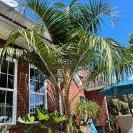
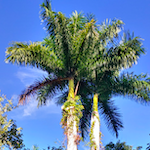


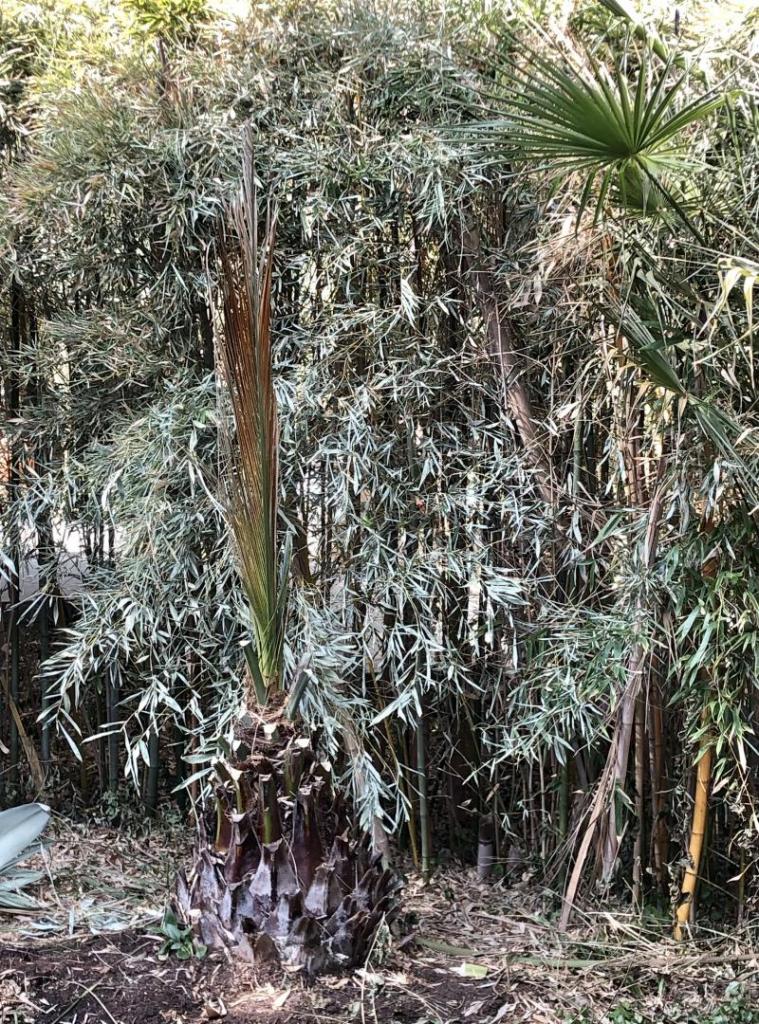

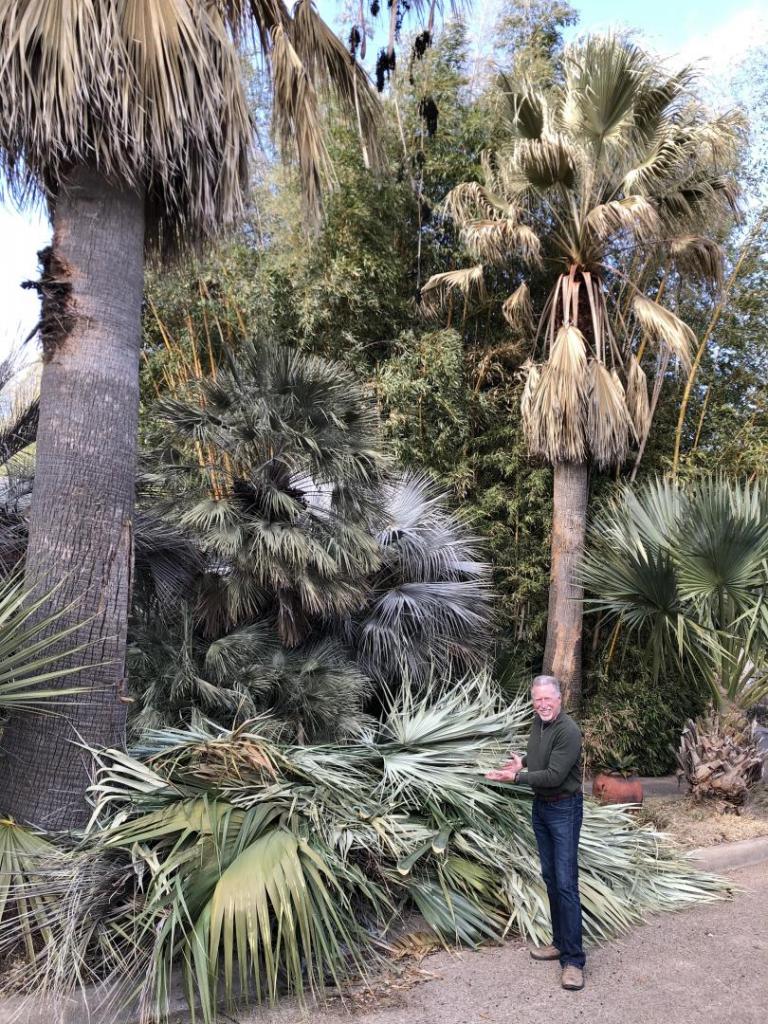
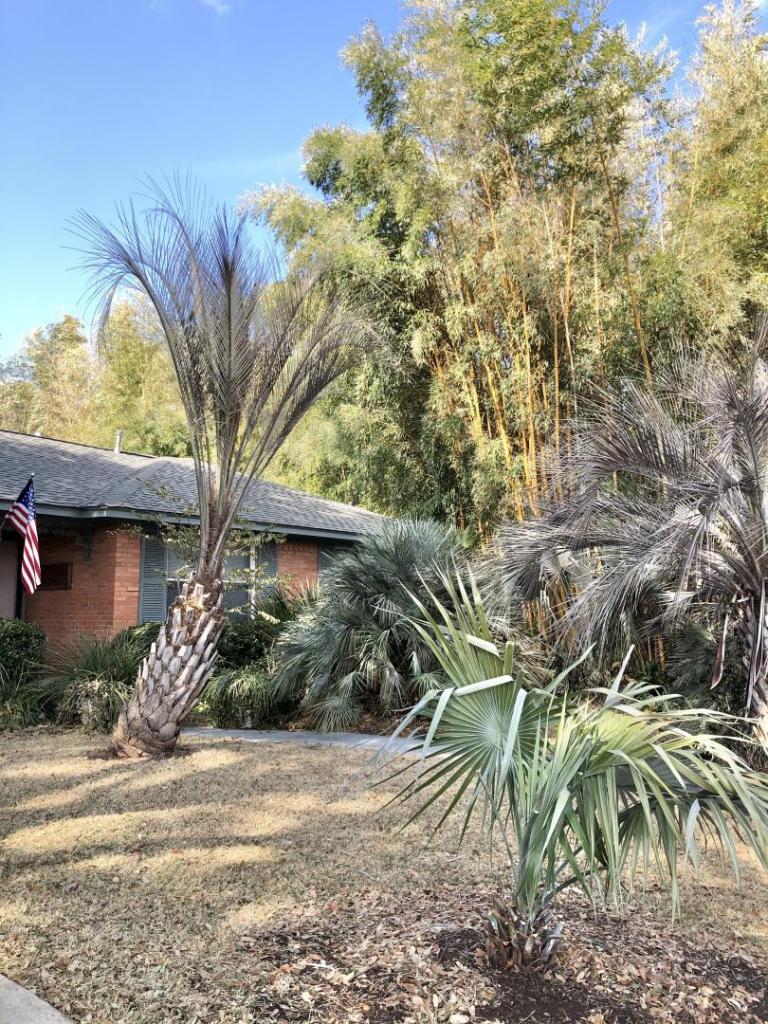
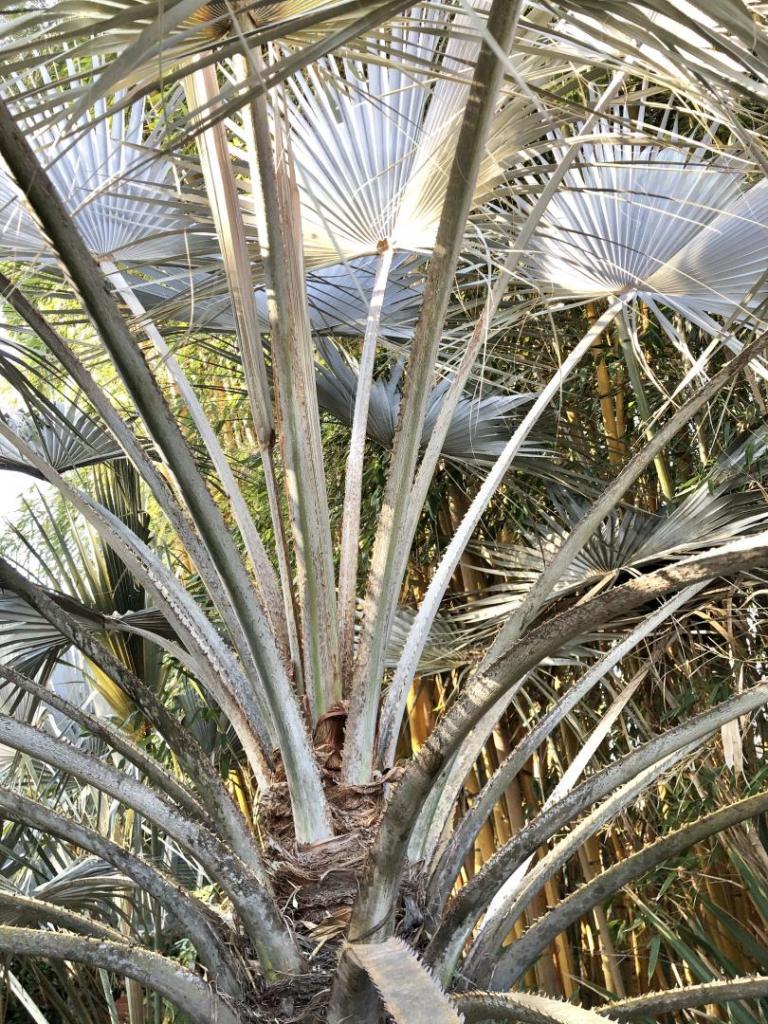
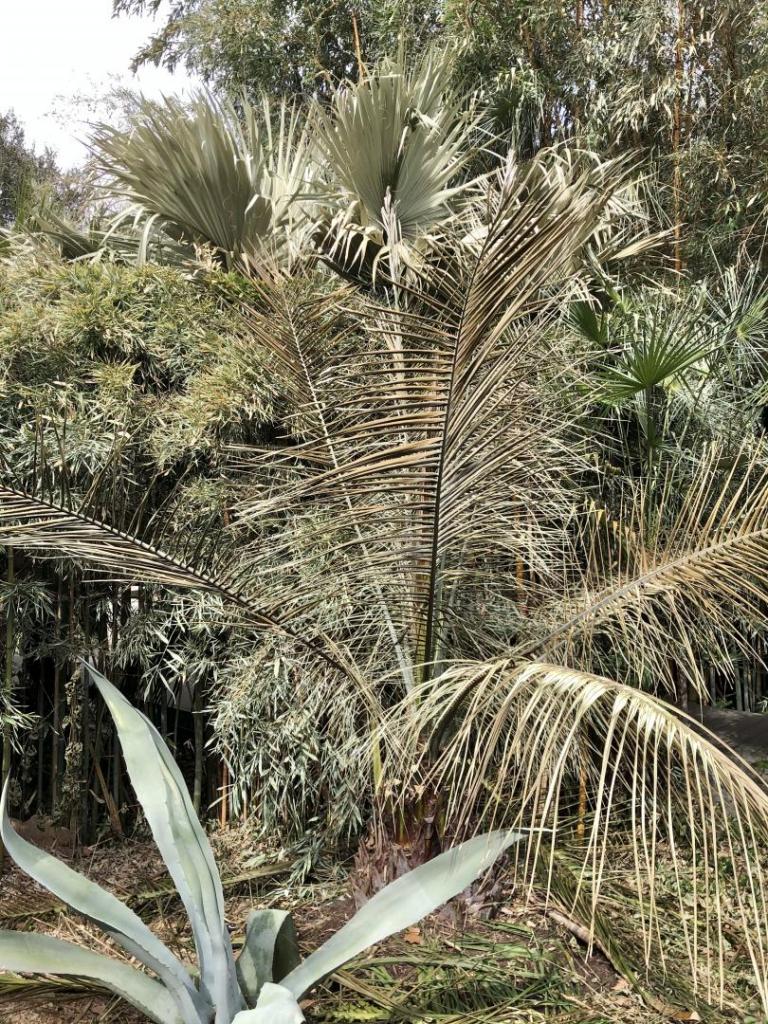
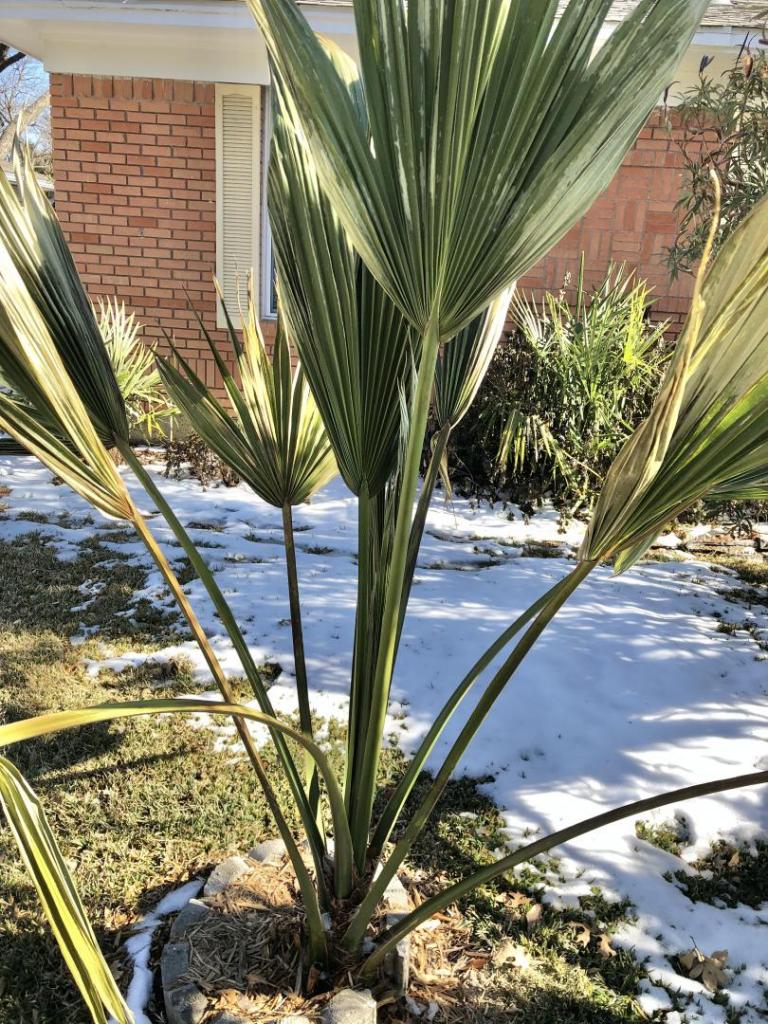
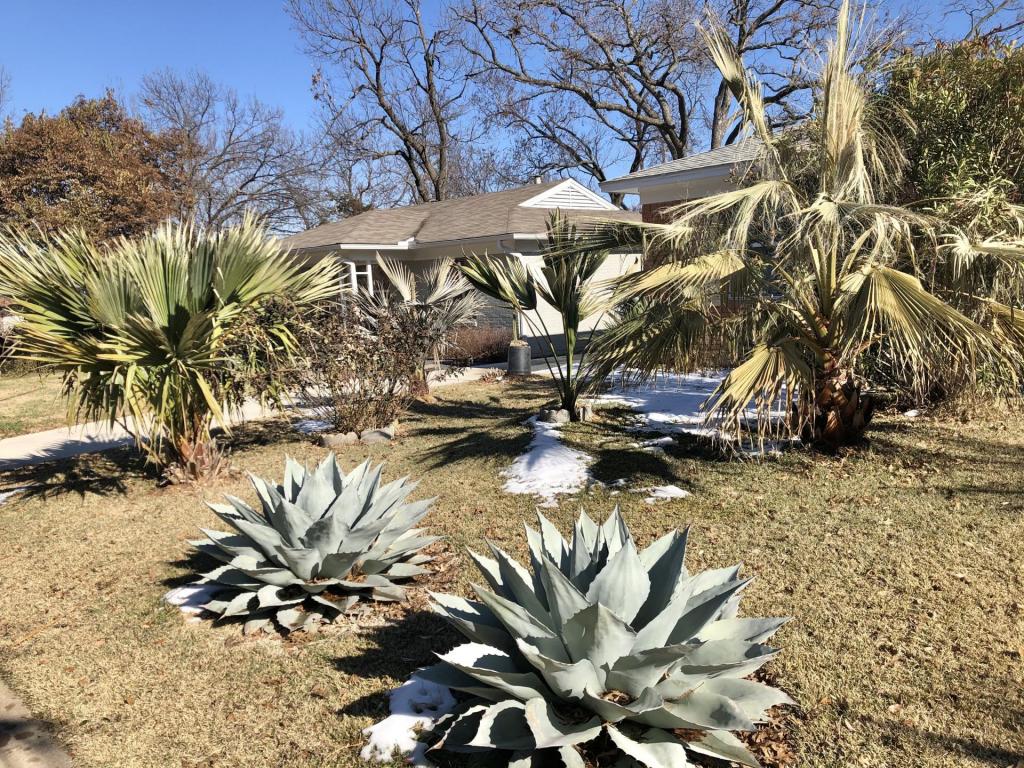
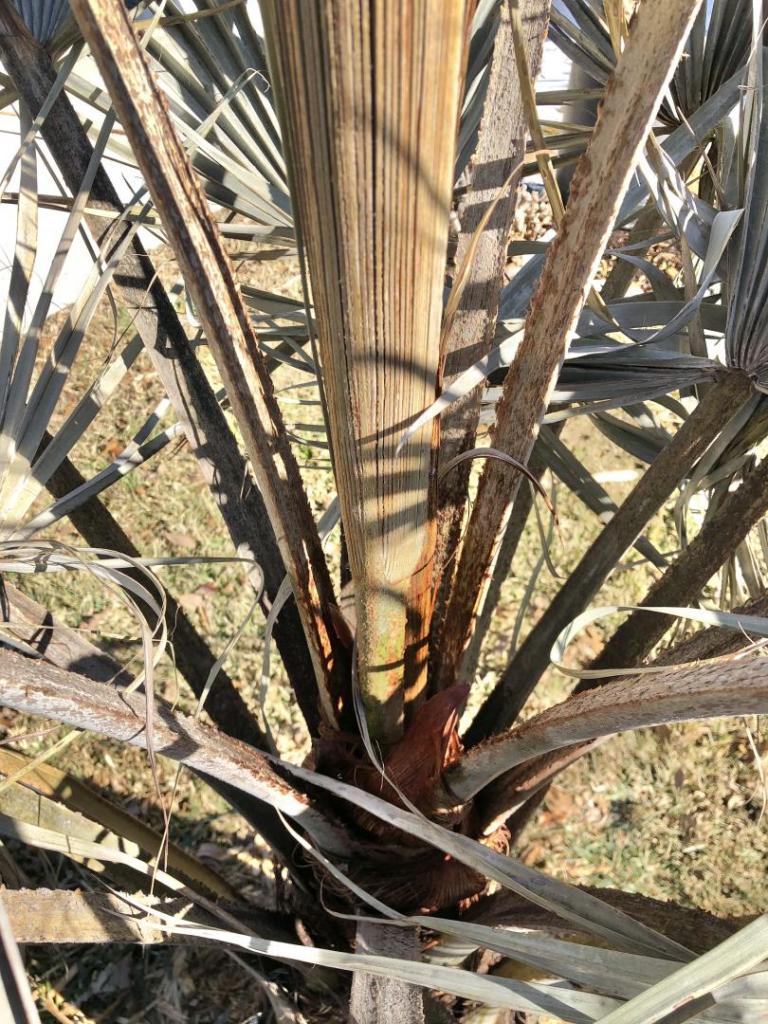
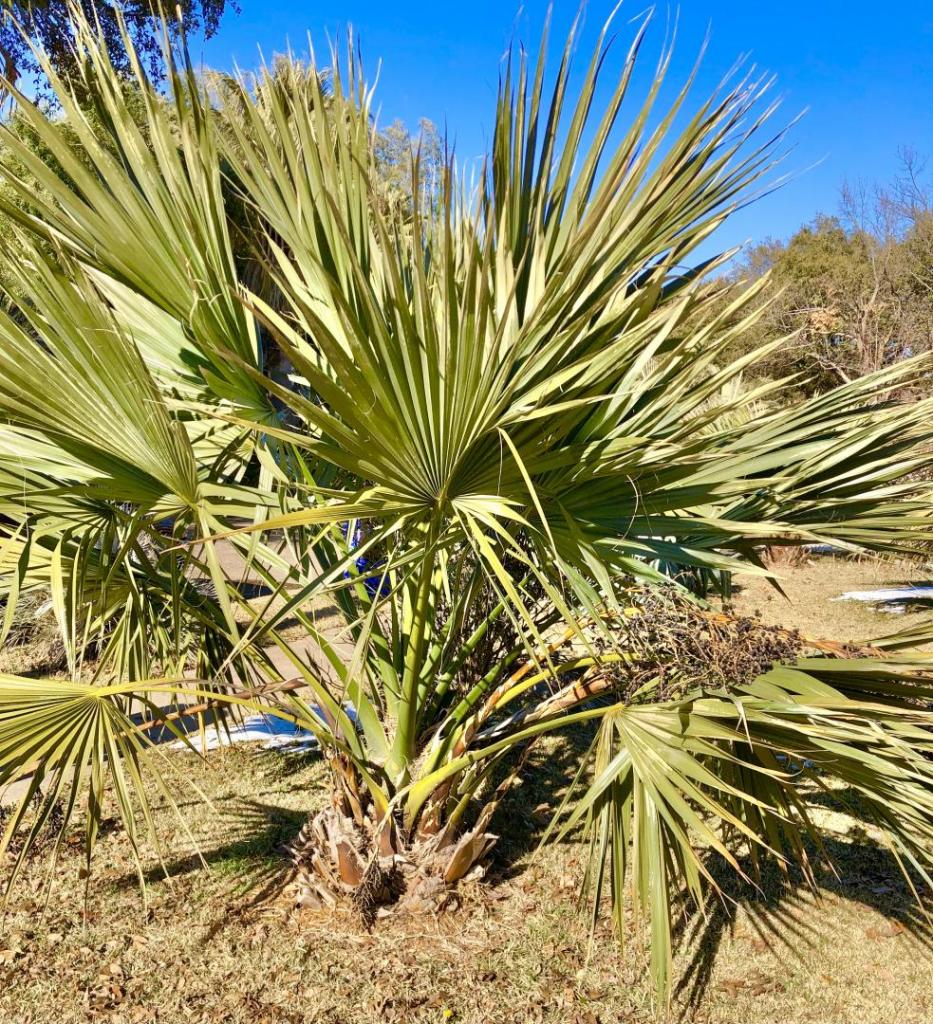
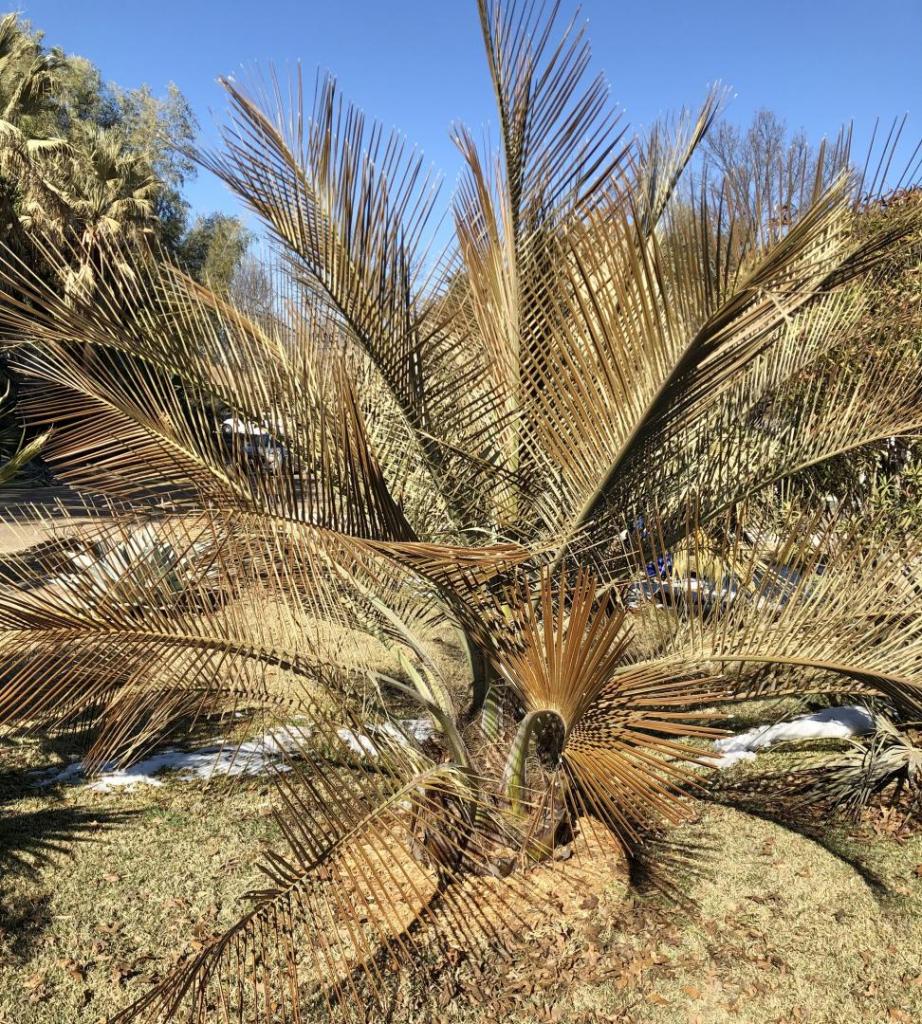
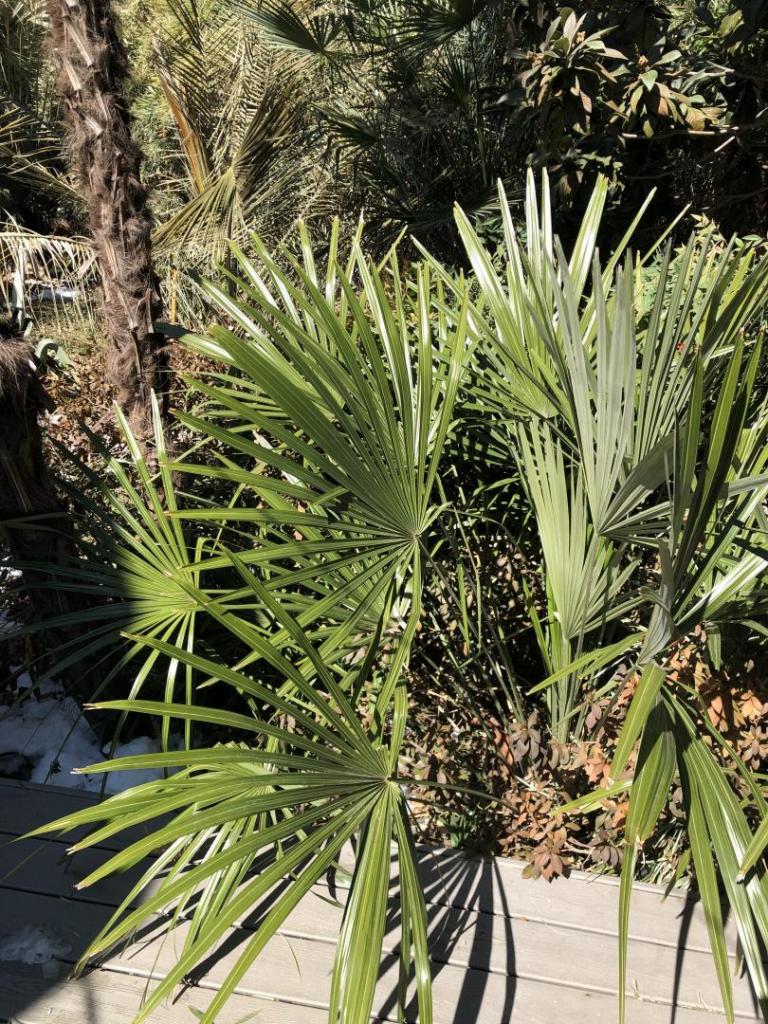
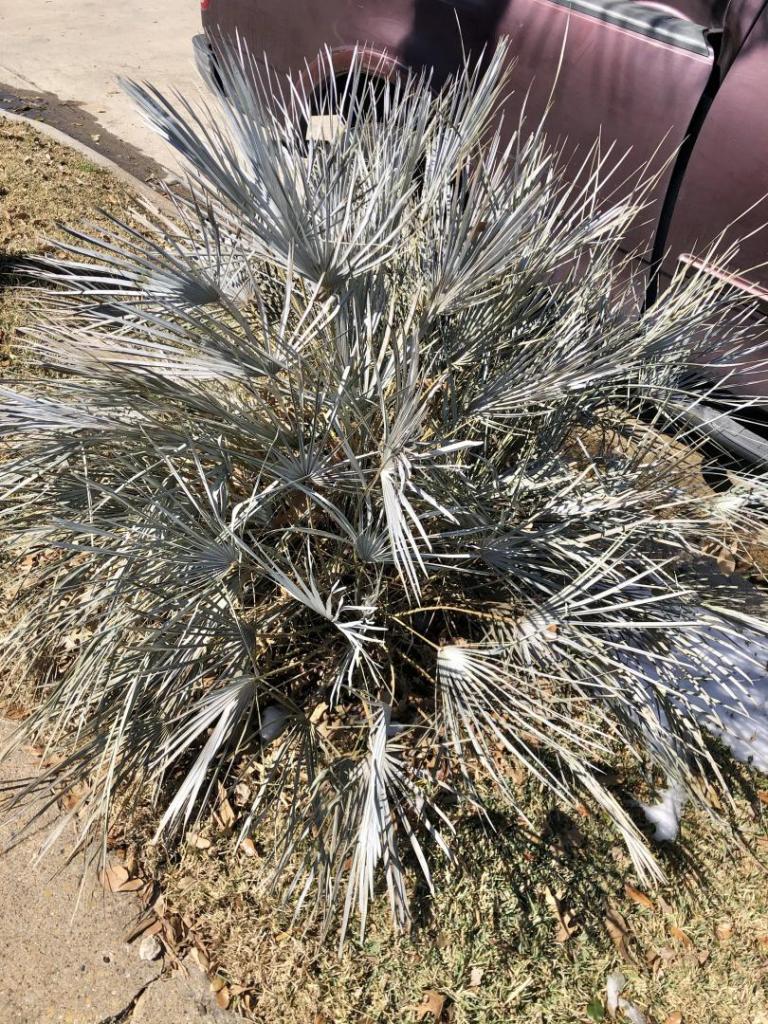
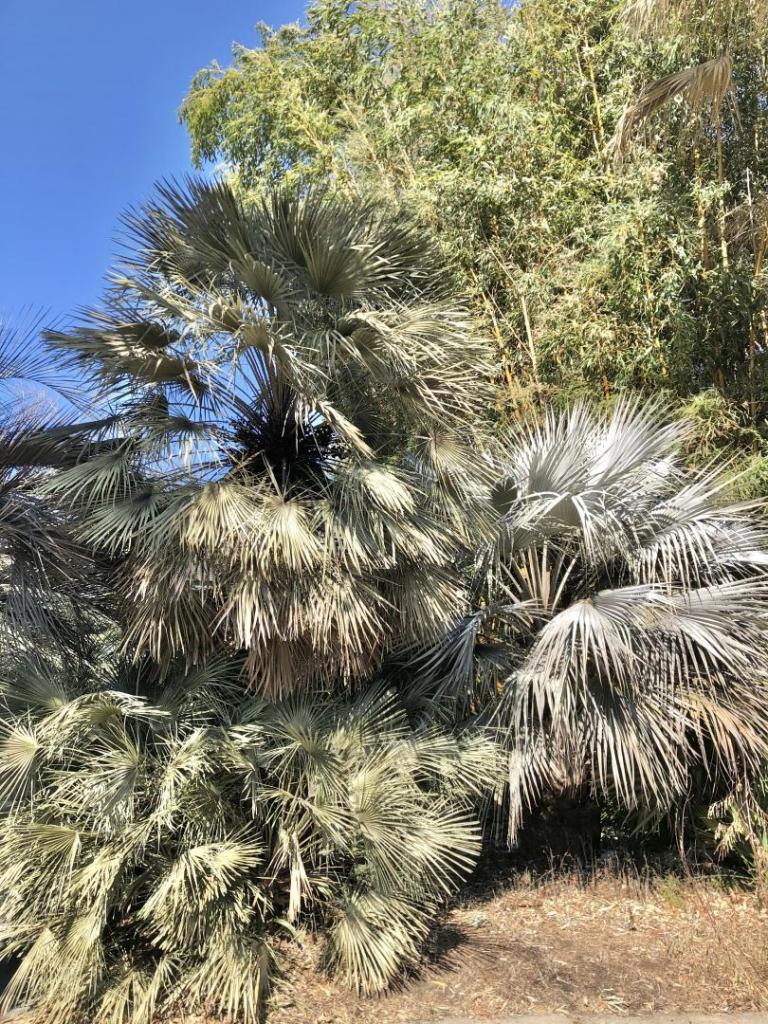
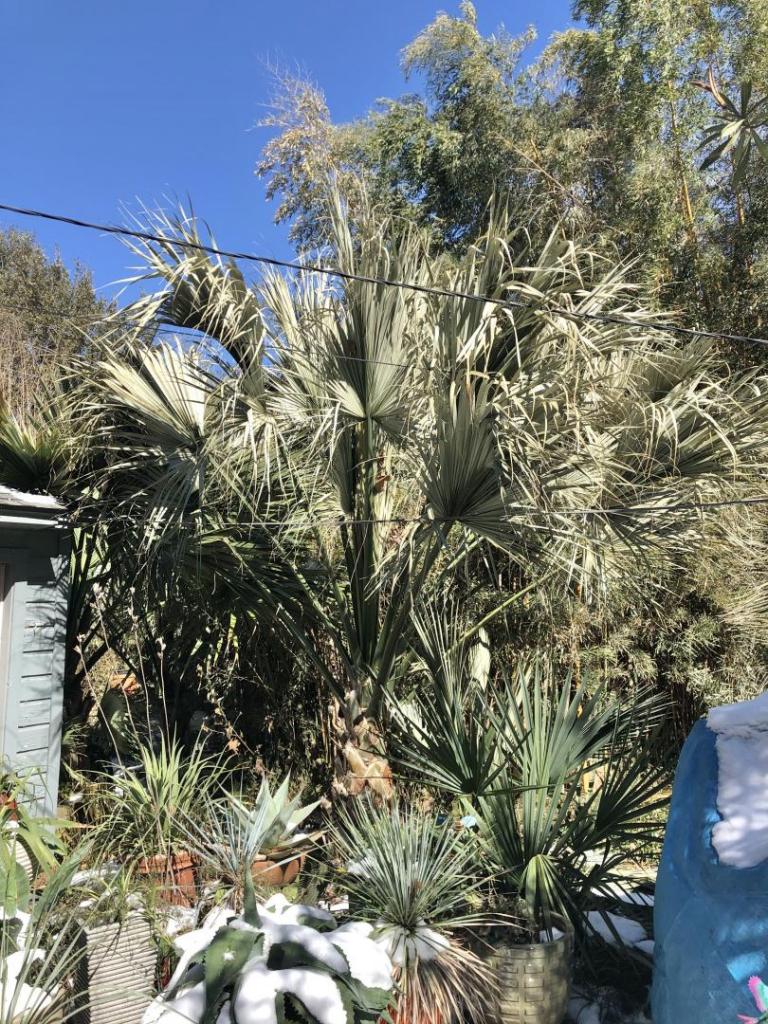
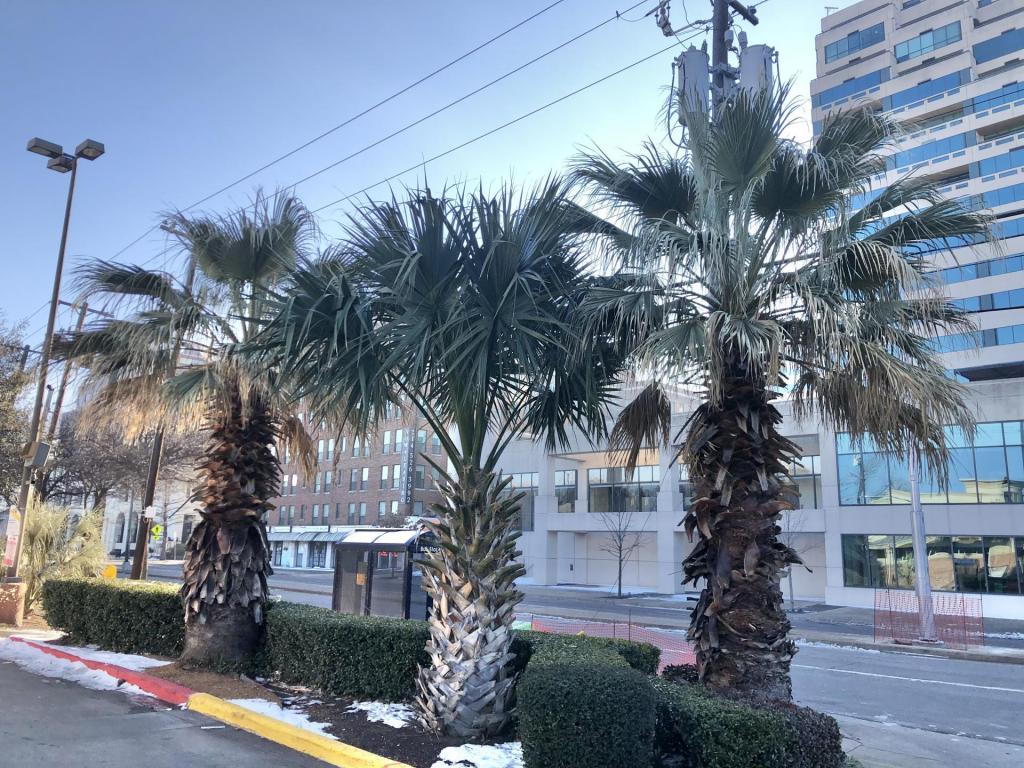
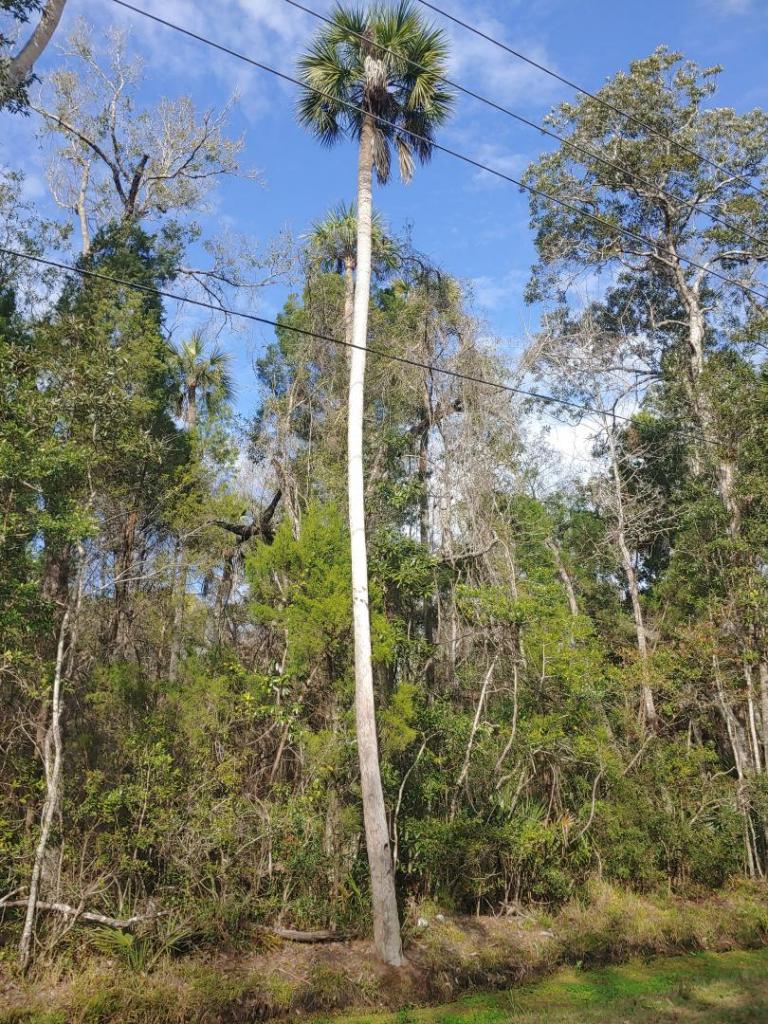
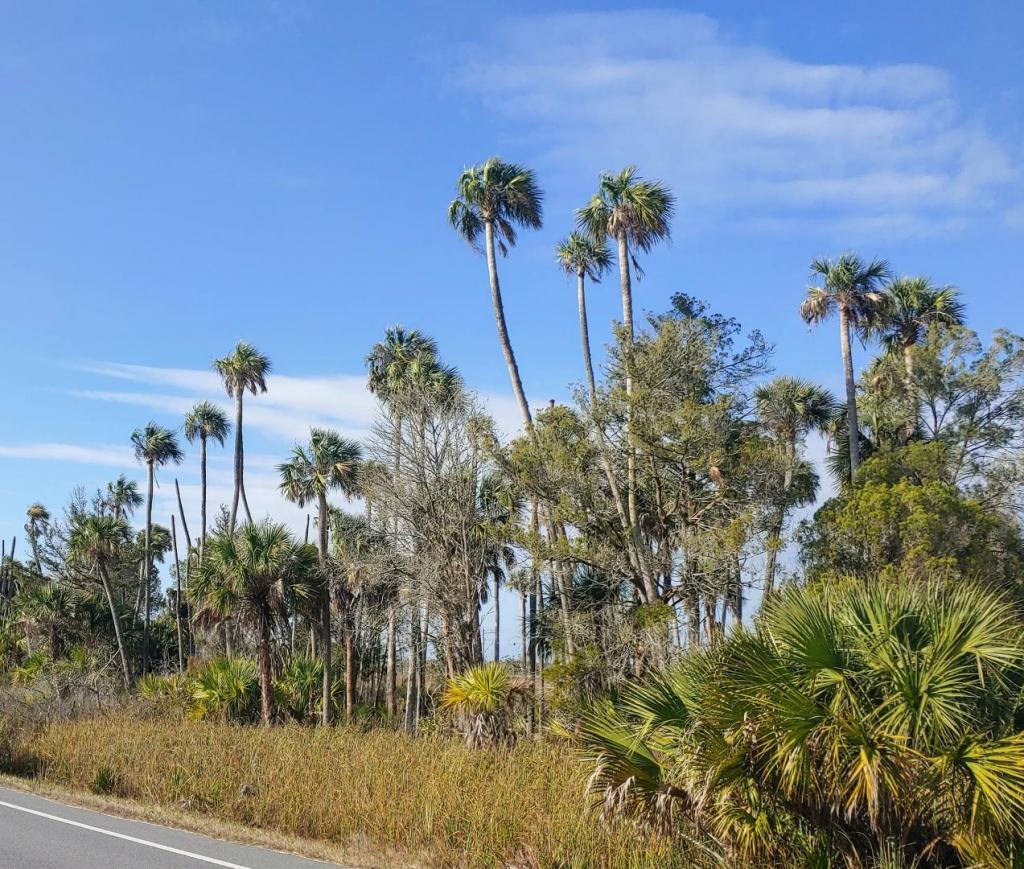


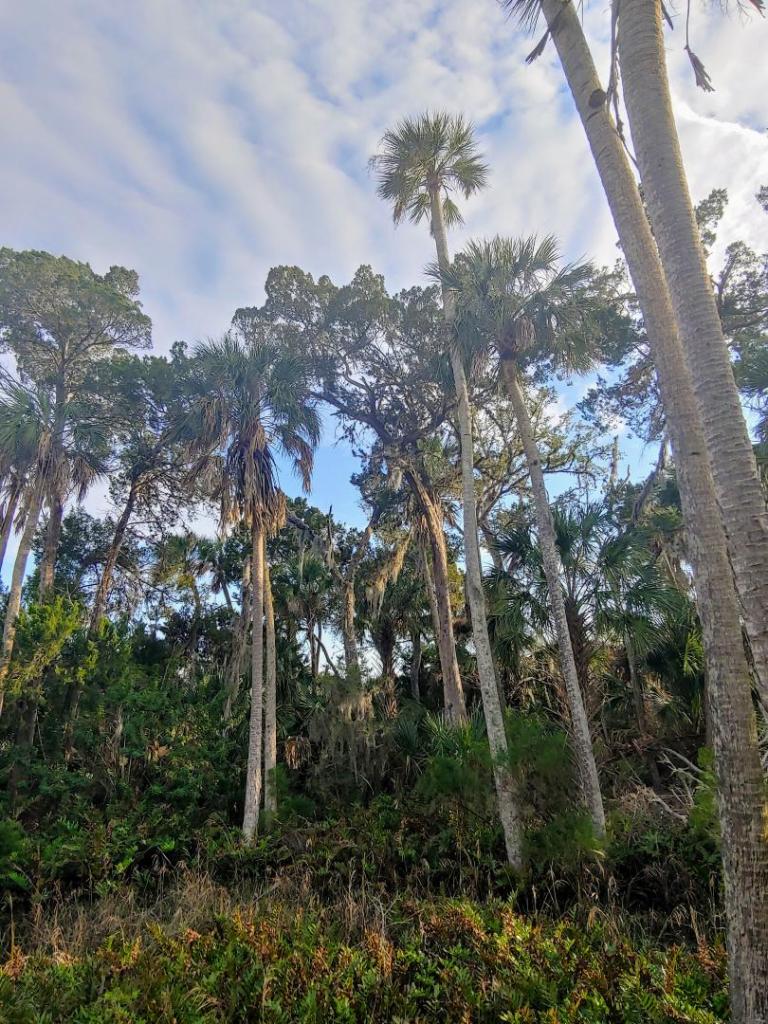


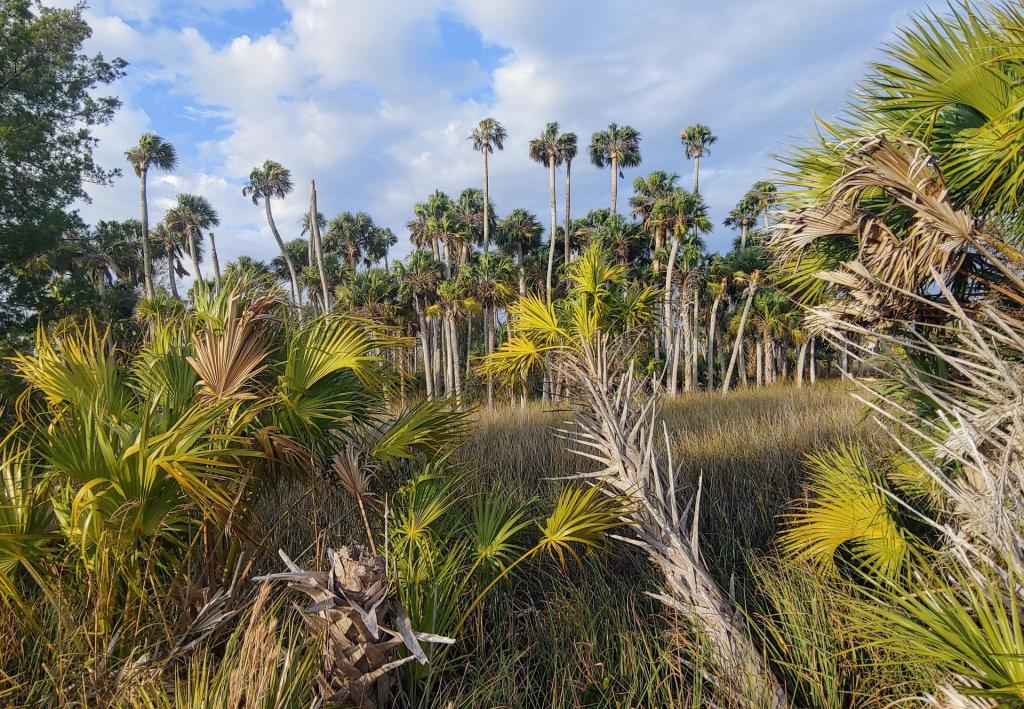
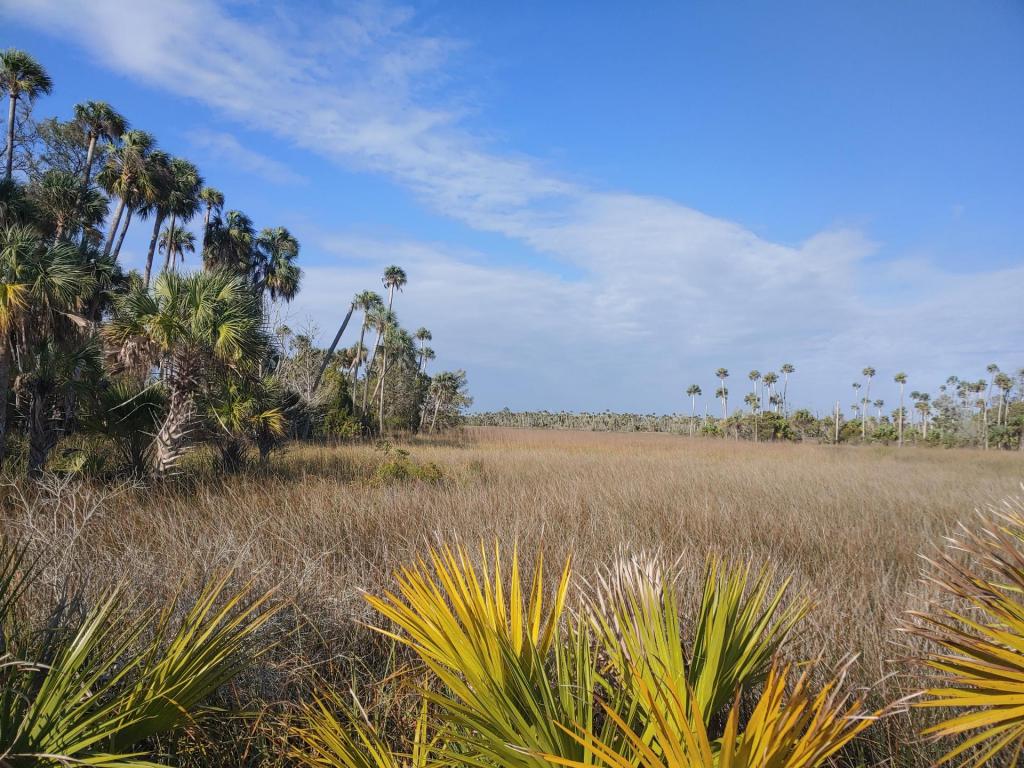
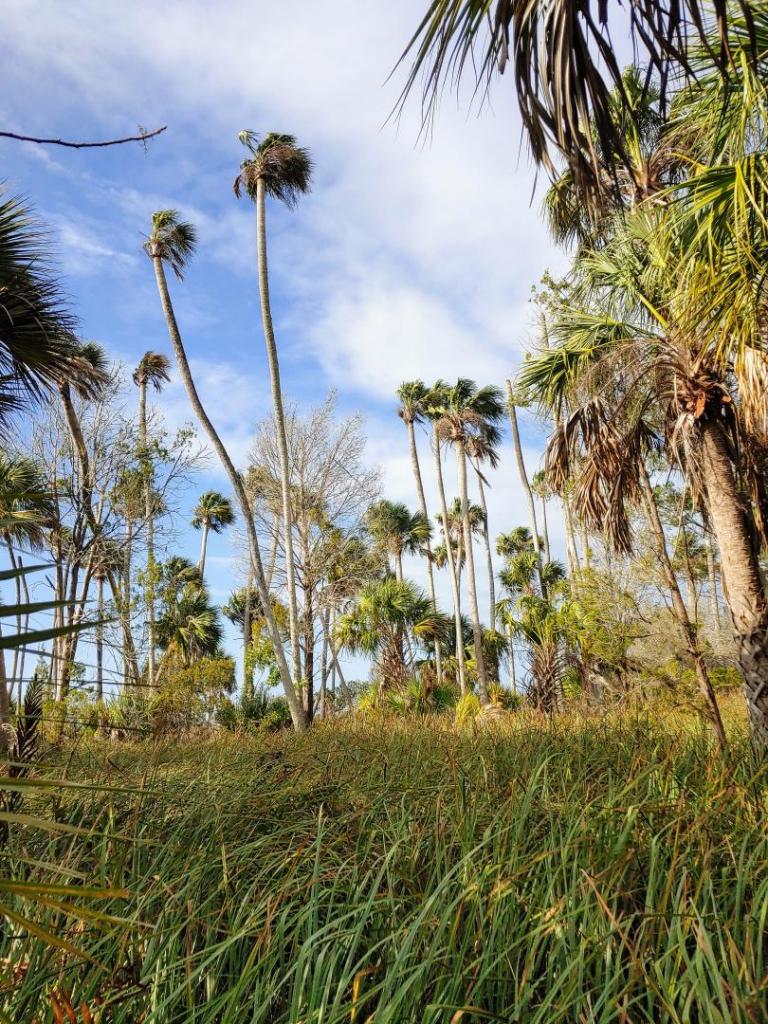
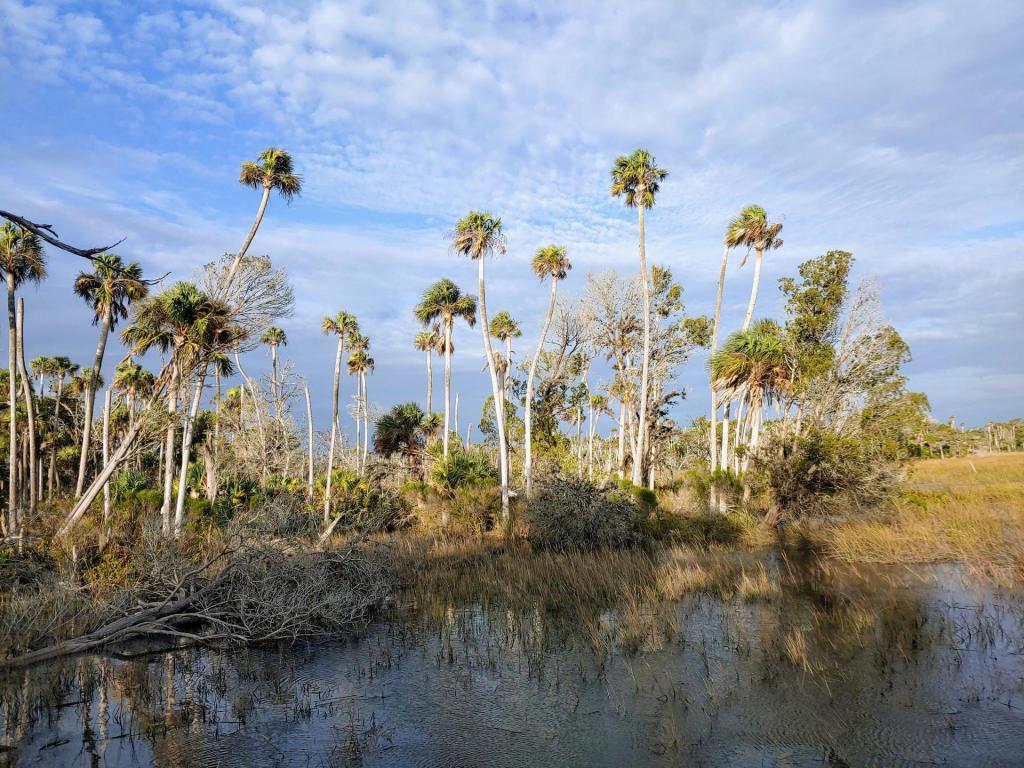

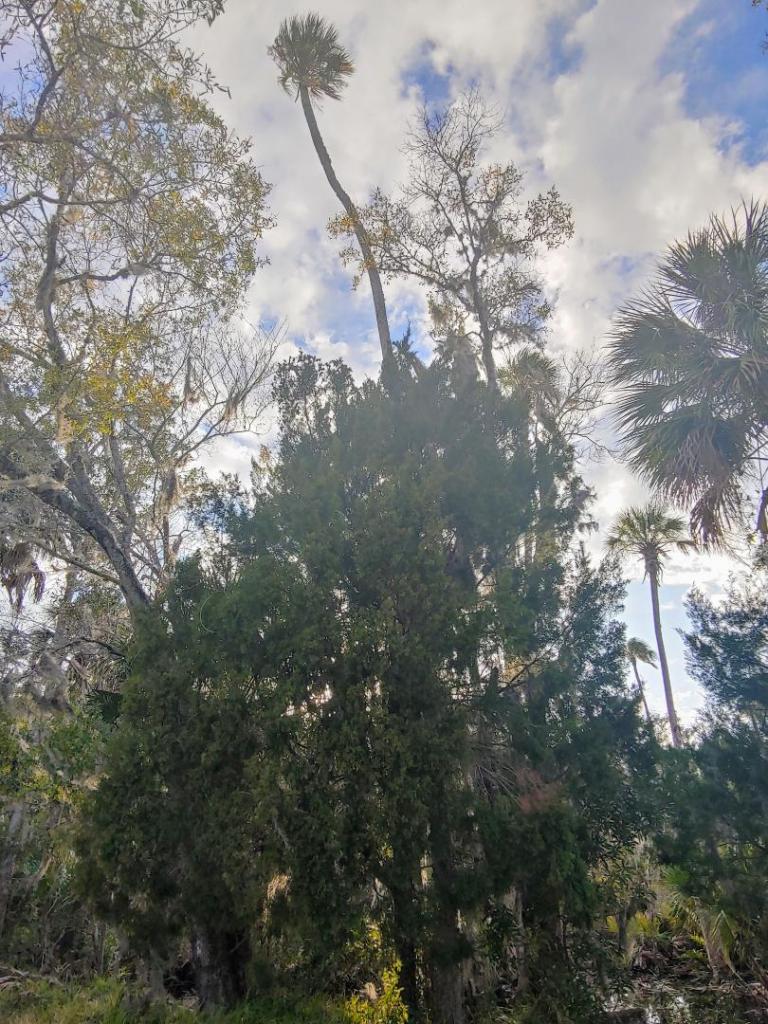
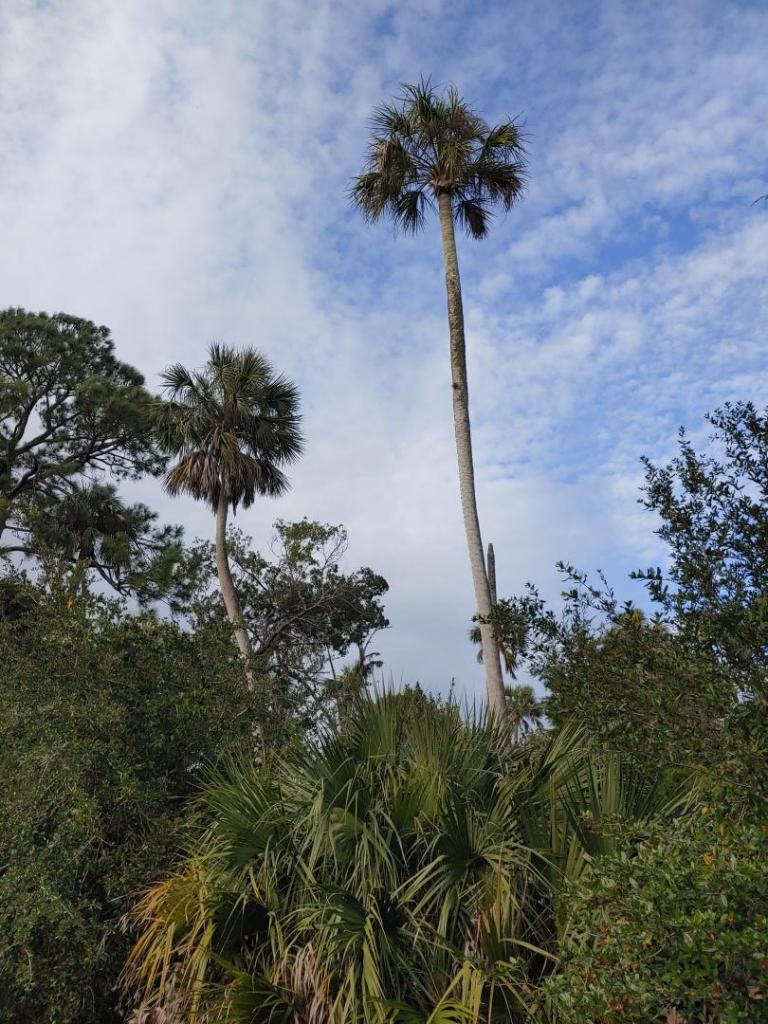
.thumb.jpg.921500c520fee2acce95e1d4acdc7591.jpg)
